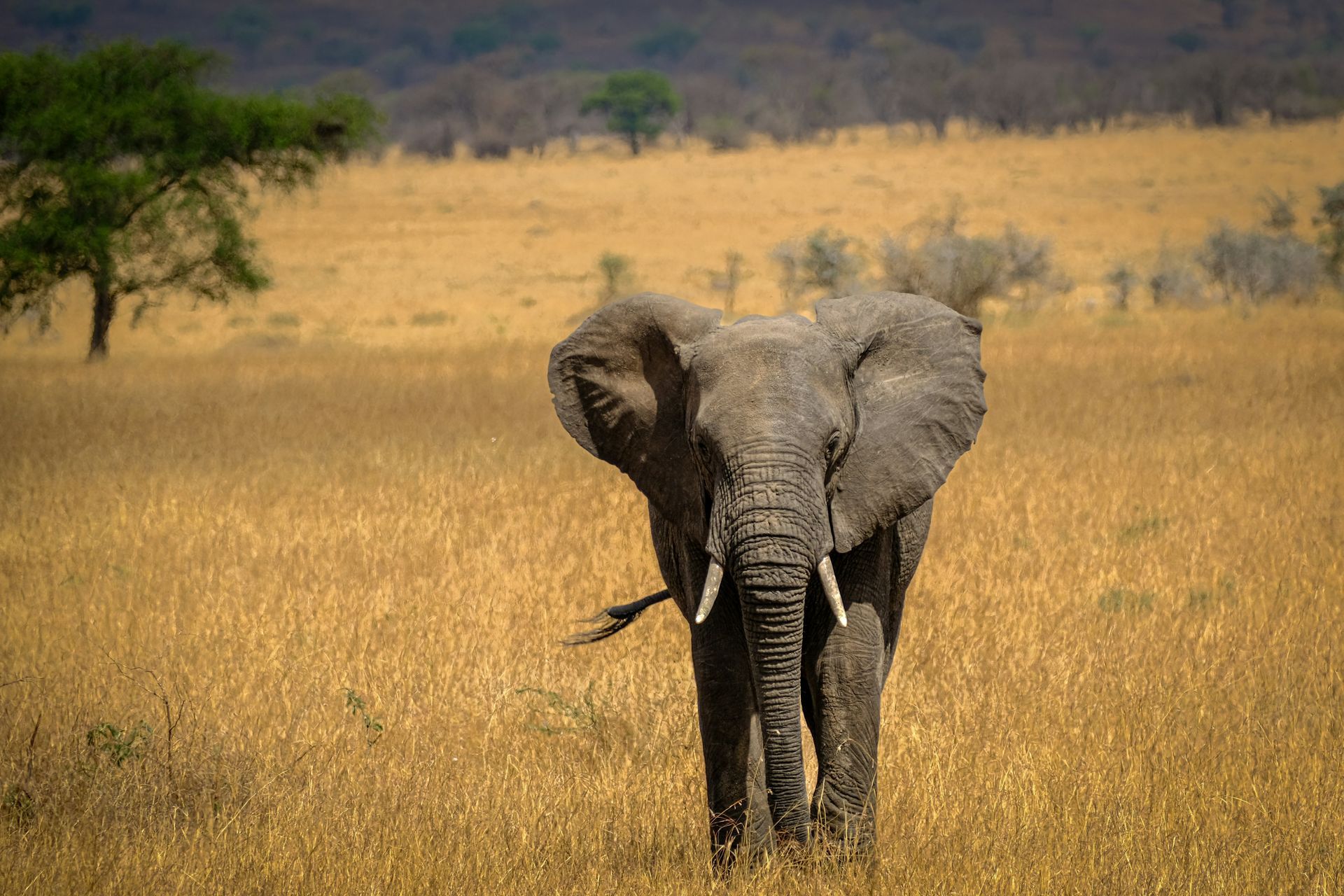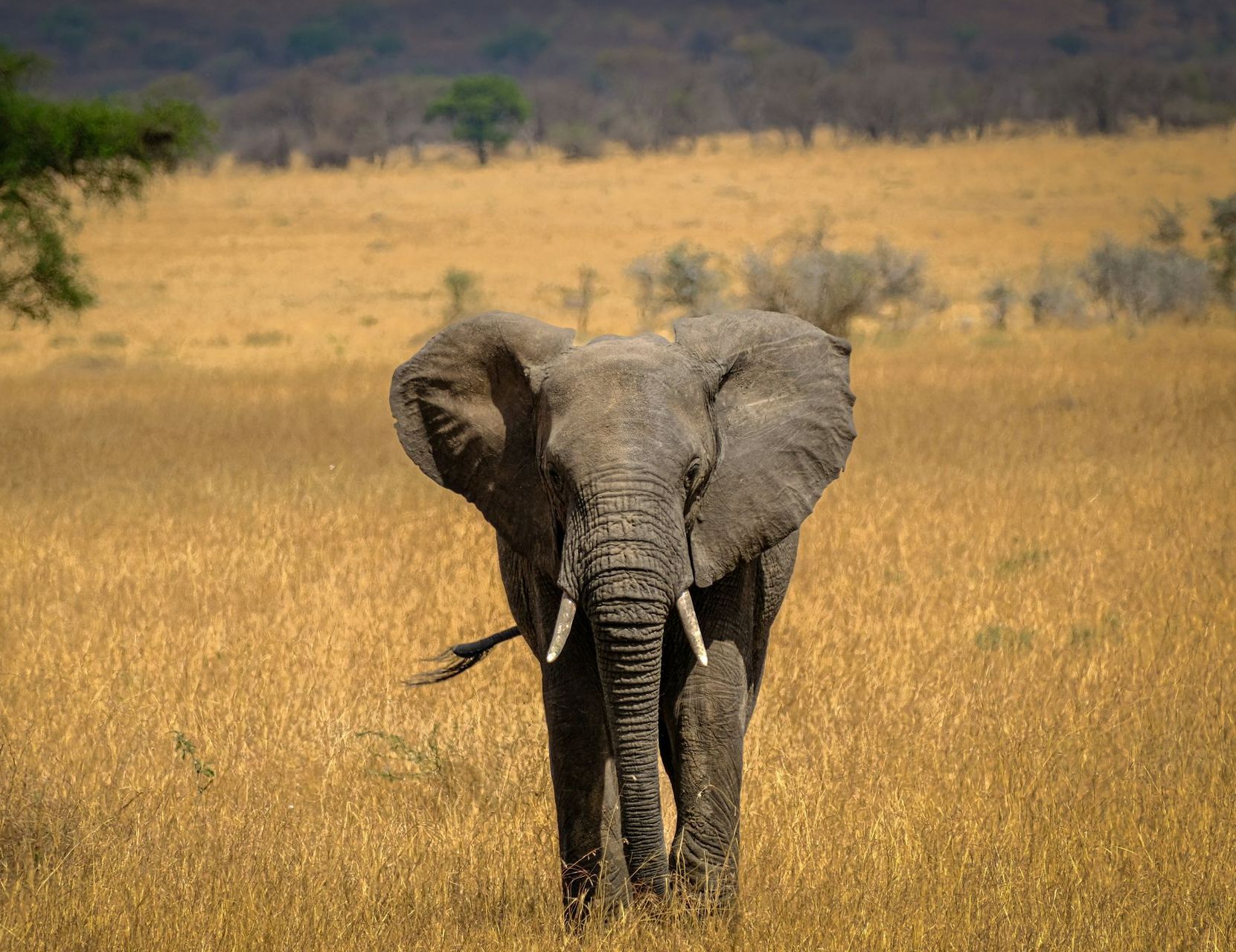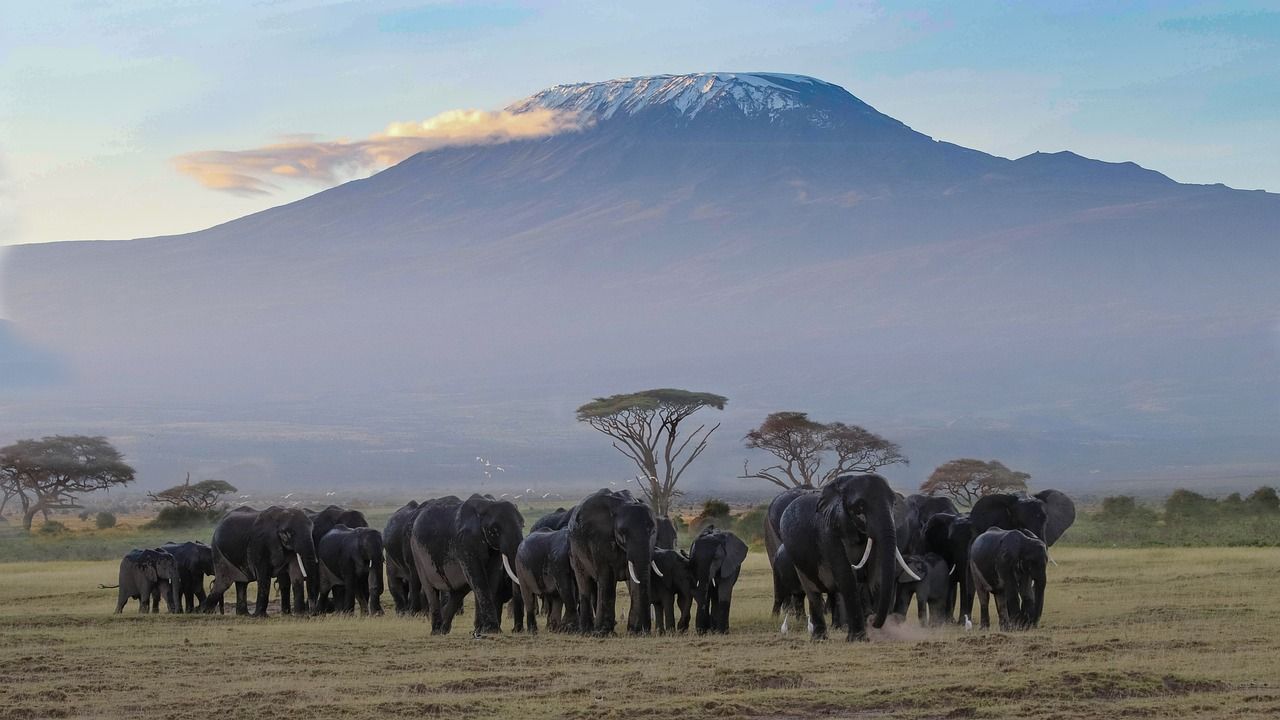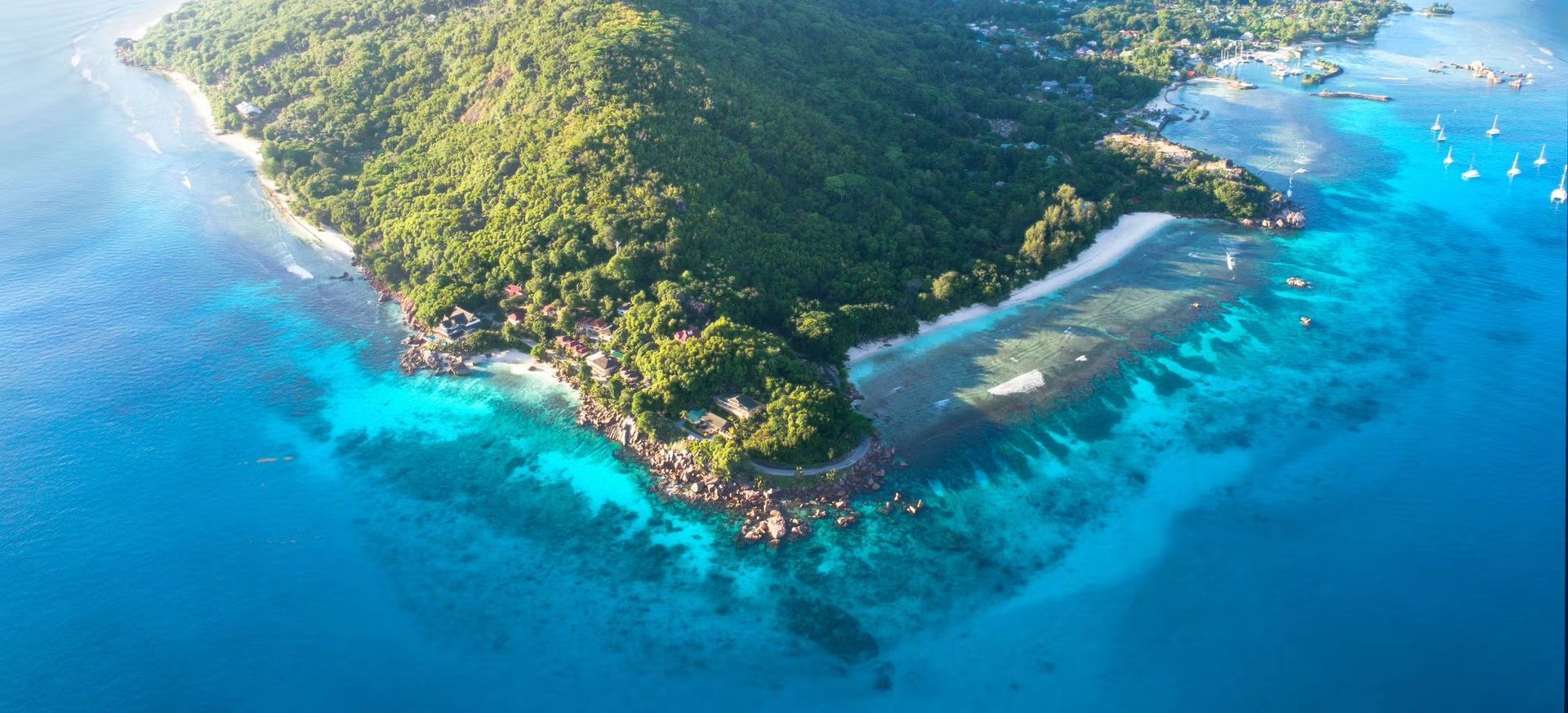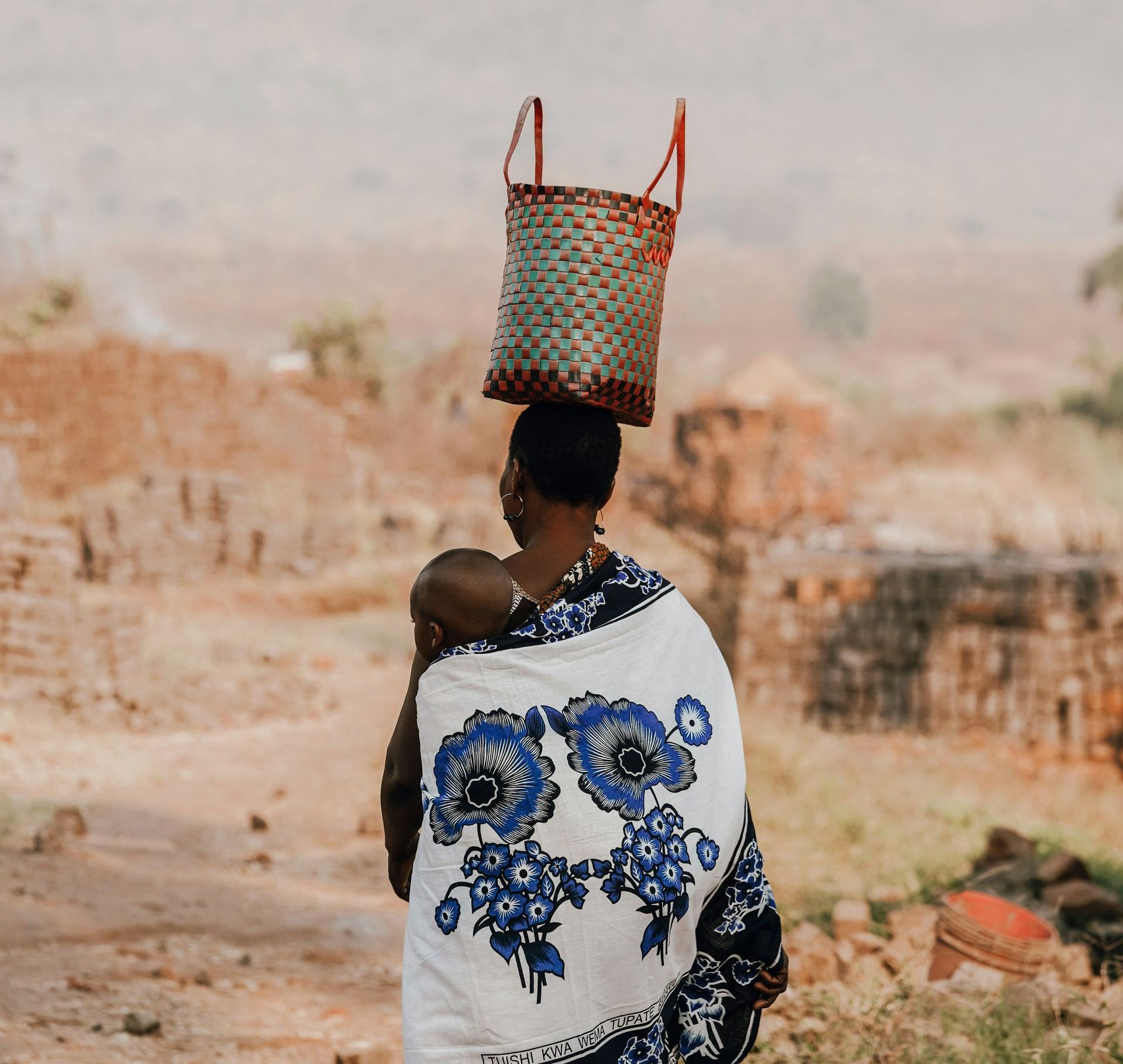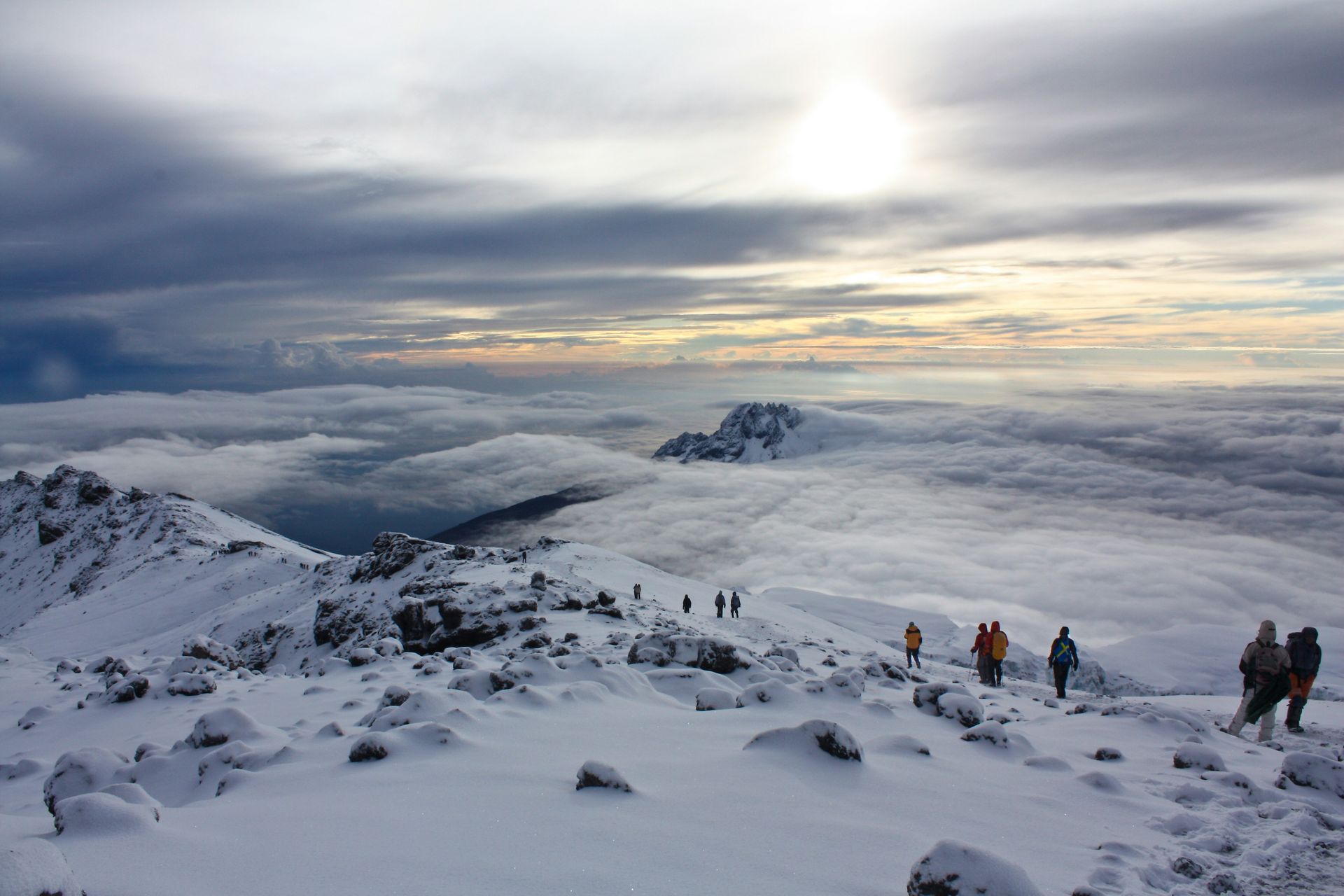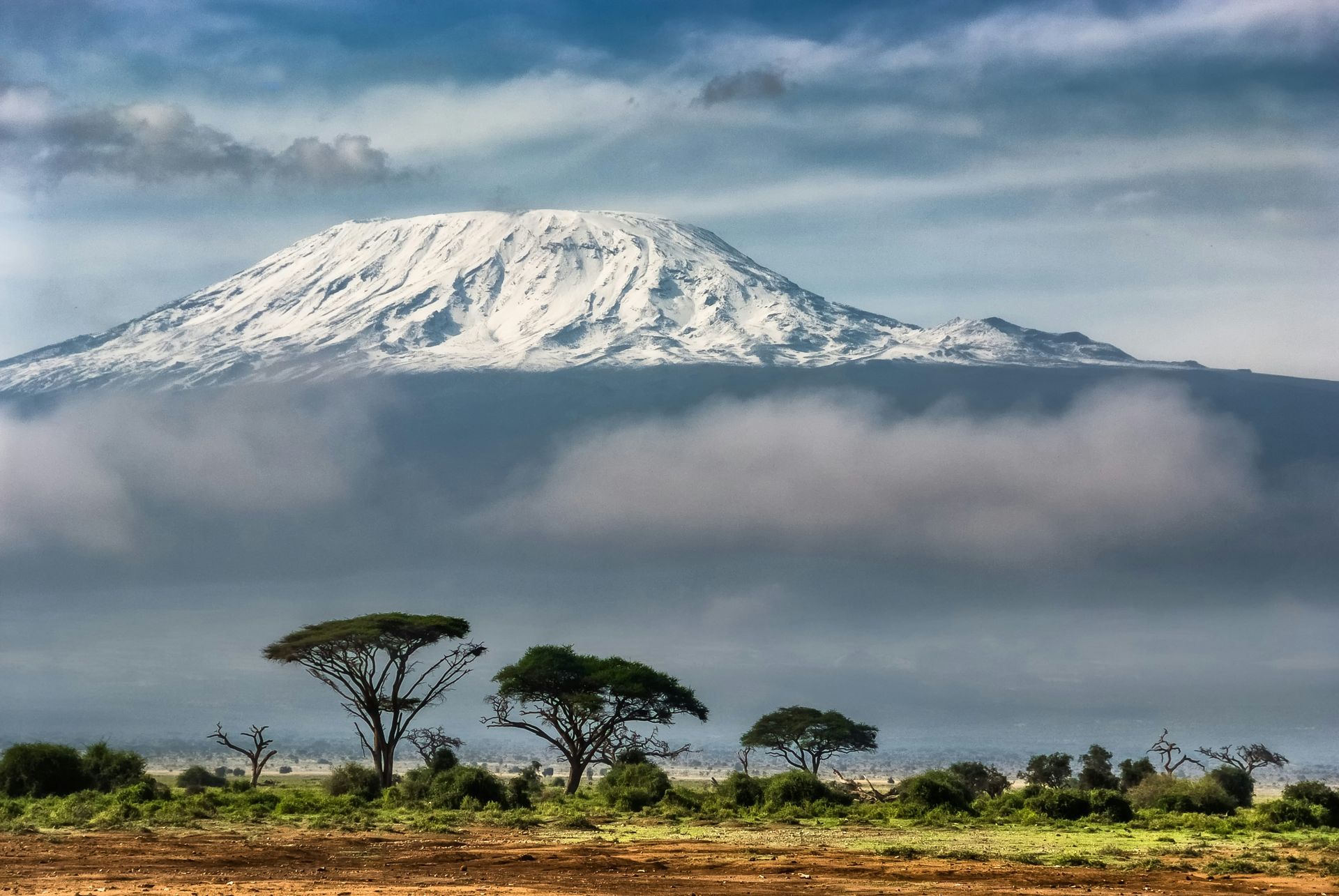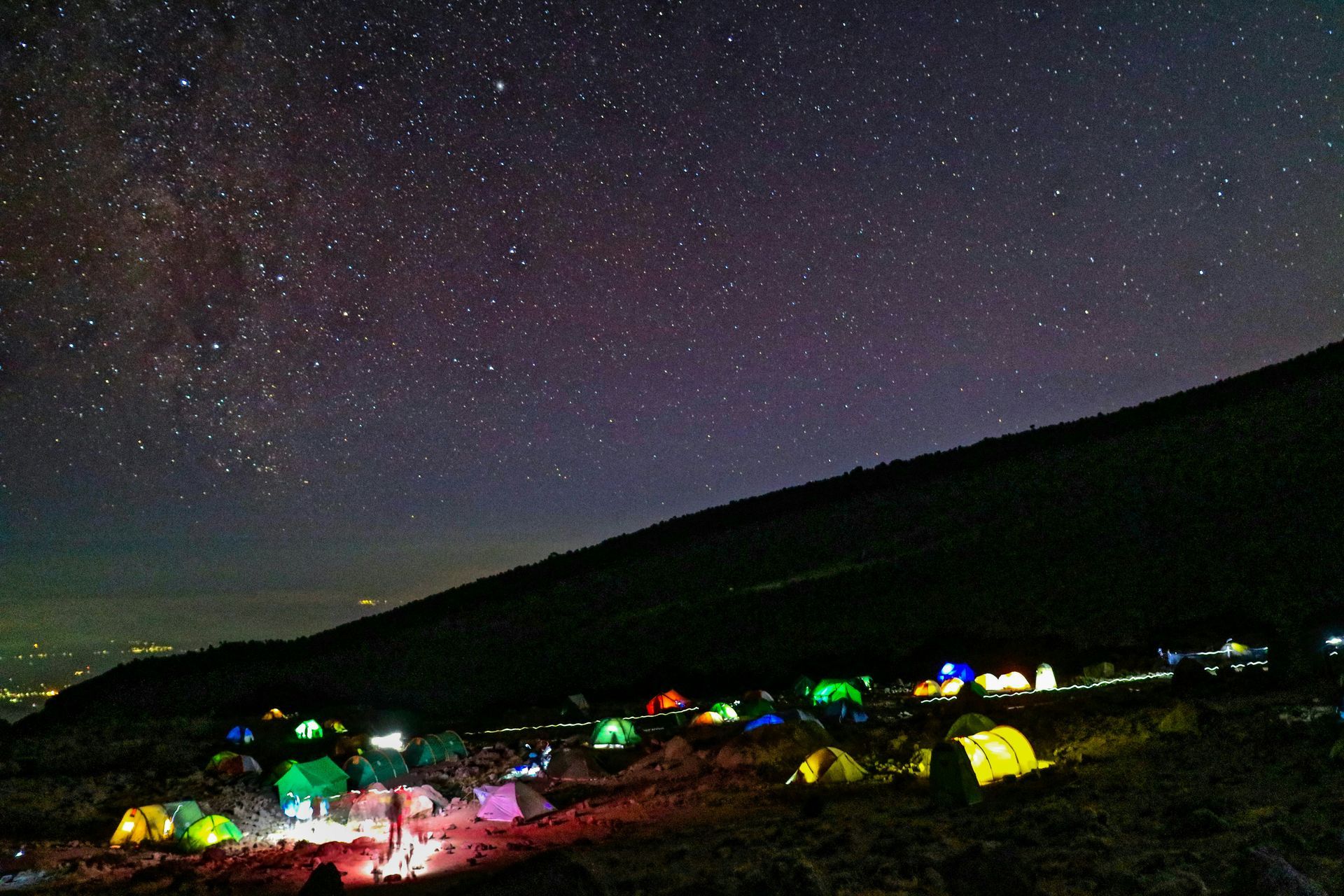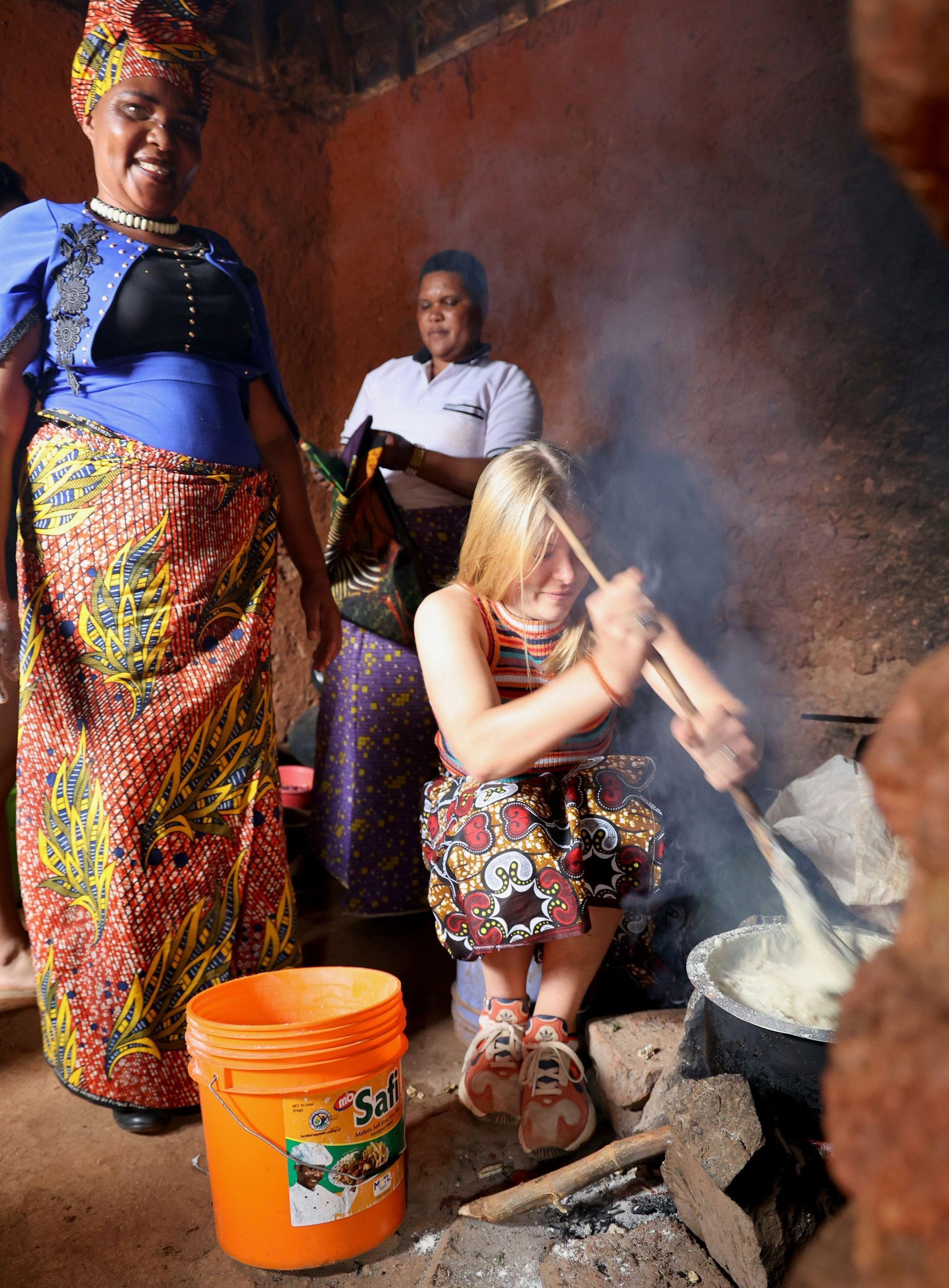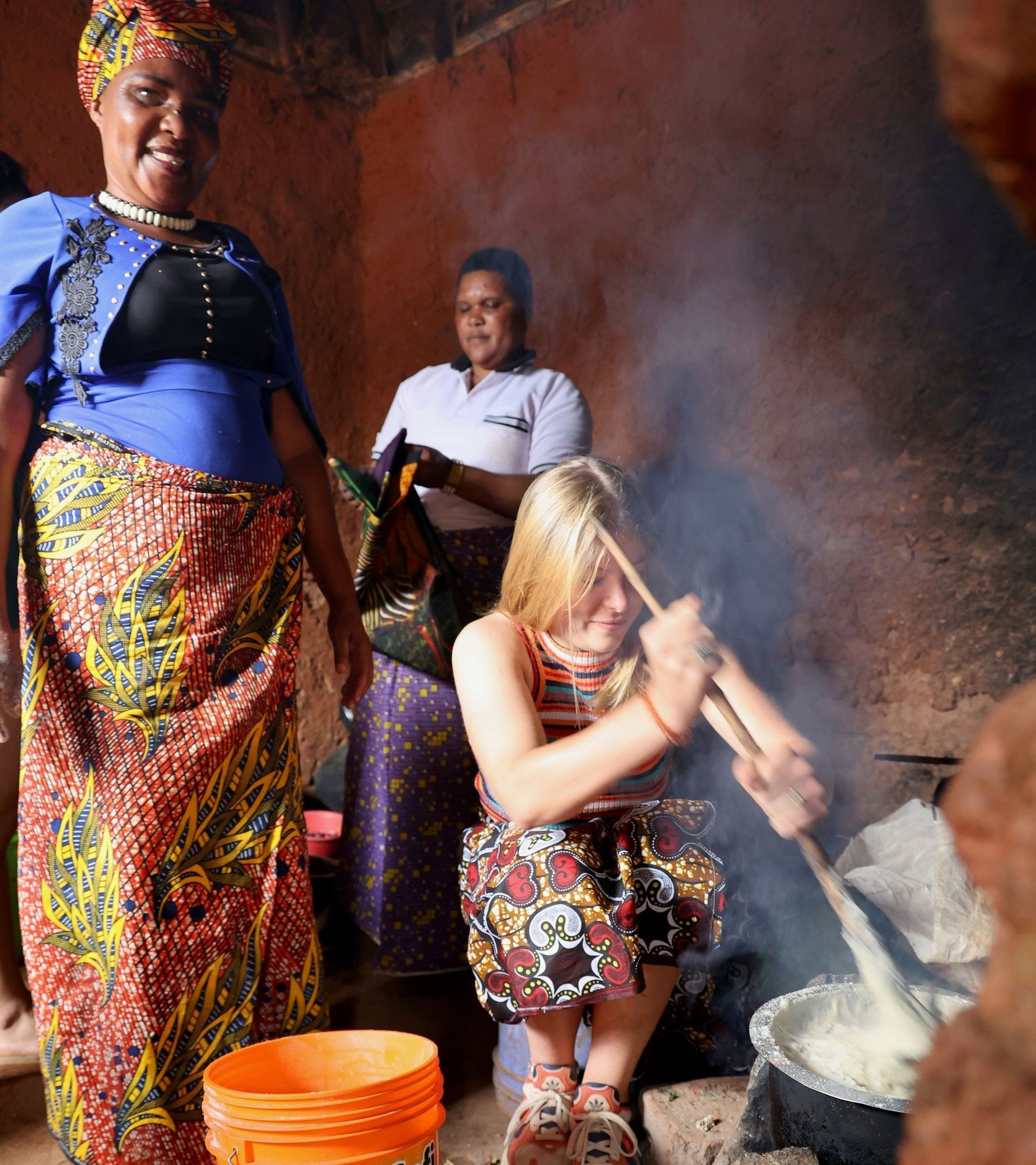Tanzania
Tanzania is a land of breathtaking landscapes, diverse cultures, and unforgettable wildlife experiences. From the endless plains of the Serengeti to the towering peak of Mount Kilimanjaro, it offers some of Africa’s most iconic natural wonders. The country is home to an incredible array of wildlife, including the Big Five, and hosts the legendary Great Migration. Beyond the savannah, visitors can explore the lush Ngorongoro Crater, relax on the pristine beaches of Zanzibar, or connect with local cultures in vibrant towns and villages. Whether you're seeking adventure, natural beauty, or cultural depth, Tanzania promises an inspiring and immersive journey.
Tanzania
Tanzania is a land of breathtaking landscapes, diverse cultures, and unforgettable wildlife experiences. From the endless plains of the Serengeti to the towering peak of Mount Kilimanjaro, it offers some of Africa’s most iconic natural wonders. The country is home to an incredible array of wildlife, including the Big Five, and hosts the legendary Great Migration. Beyond the savannah, visitors can explore the lush Ngorongoro Crater, relax on the pristine beaches of Zanzibar, or connect with local cultures in vibrant towns and villages. Whether you're seeking adventure, natural beauty, or cultural depth, Tanzania promises an inspiring and immersive journey.
Why Tanzania?
Tanzania stands out as a destination where adventure meets culture and nature blends with history. Beyond its famous wildlife parks, the country offers authentic experiences—from engaging with Maasai communities and exploring ancient rock art sites to savoring vibrant local markets and traditional music. Its diverse landscapes range from vast deserts and dense rainforests to idyllic islands with crystal-clear waters. Whether you’re seeking thrilling climbs, cultural immersion, or serene beach escapes, Tanzania’s welcoming spirit and incredible variety promise a deeply rewarding journey unlike anywhere else in the world.
Land of Wildlife.
Tanzania is truly a land of wildlife, boasting some of the richest biodiversity on the planet. Its vast savannahs, dense forests, and sprawling wetlands are home to the iconic Big Five—lion, elephant, buffalo, leopard, and rhinoceros—as well as countless other species. The annual Great Migration, where millions of wildebeest and zebras traverse the Serengeti plains, is one of nature’s most spectacular events. Protected areas like the Ngorongoro Conservation Area and Selous Game Reserve provide safe havens for endangered animals and offer unforgettable safari experiences.
Why Tanzania?
Tanzania stands out as a destination where adventure meets culture and nature blends with history. Beyond its famous wildlife parks, the country offers authentic experiences—from engaging with Maasai communities and exploring ancient rock art sites to savoring vibrant local markets and traditional music. Its diverse landscapes range from vast deserts and dense rainforests to idyllic islands with crystal-clear waters. Whether you’re seeking thrilling climbs, cultural immersion, or serene beach escapes, Tanzania’s welcoming spirit and incredible variety promise a deeply rewarding journey unlike anywhere else in the world.
Land of Wildlife.
Tanzania is truly a land of wildlife, boasting some of the richest biodiversity on the planet. Its vast savannahs, dense forests, and sprawling wetlands are home to the iconic Big Five—lion, elephant, buffalo, leopard, and rhinoceros—as well as countless other species. The annual Great Migration, where millions of wildebeest and zebras traverse the Serengeti plains, is one of nature’s most spectacular events. Protected areas like the Ngorongoro Conservation Area and Selous Game Reserve provide safe havens for endangered animals and offer unforgettable safari experiences.
Featured Itineraries
Kenya & Tanzania Wildlife Safari
Abercrombie & Kent Tour
Southern Africa
Silversea Expedition Cruise
The Tanzanian Culture
Tanzania’s culture is shaped by a long history of migration, trade, and interaction along the East African coast and inland regions. Influences from Arab, Indian, and European contact blend with indigenous African roots to create a unique cultural identity. Everyday life reflects this fusion—in the food, architecture, religion, and customs seen across the country. Coastal towns carry a strong Swahili and Islamic influence, while inland communities maintain age-old tribal practices. Despite modern developments, Tanzanians maintain a deep connection to their cultural roots, proudly honoring both ancestral heritage and evolving national identity.
Diversity
Tanzania is one of the most culturally diverse countries in Africa, home to over 120 distinct ethnic groups, each with its own language, customs, and traditions. This incredible diversity is embraced through a strong national identity built on unity and respect. While differences in lifestyle, dress, and beliefs exist across regions, the use of Swahili as a common language helps connect people from all backgrounds. This blend of cultures creates a vibrant society where tradition and modern life coexist, offering travelers a rich and varied cultural experience at every turn.
Traditions
Traditions in Tanzania are an essential part of daily life, connecting generations through shared customs and values. From birth and marriage ceremonies to harvest festivals and coming-of-age rituals, each event is marked with music, dance, storytelling, and communal gatherings. Respect for elders, strong family ties, and a deep sense of hospitality are at the heart of many traditions. While each ethnic group has its own unique practices, they all reflect a common appreciation for community, heritage, and cultural continuity.
Cultural Expressions
Cultural expressions in Tanzania reflect the country’s rich diversity and creativity. Music, dance, and storytelling are central to community life, each ethnic group bringing its own style and meaning. Handcrafted art, such as wood carvings, beadwork, and vibrant fabrics, showcases both tradition and identity. These forms of expression offer a meaningful glimpse into the values and spirit of the Tanzanian people.
The Tanzanian Culture
Tanzania’s culture is shaped by a long history of migration, trade, and interaction along the East African coast and inland regions. Influences from Arab, Indian, and European contact blend with indigenous African roots to create a unique cultural identity. Everyday life reflects this fusion—in the food, architecture, religion, and customs seen across the country. Coastal towns carry a strong Swahili and Islamic influence, while inland communities maintain age-old tribal practices. Despite modern developments, Tanzanians maintain a deep connection to their cultural roots, proudly honoring both ancestral heritage and evolving national identity.
Diversity
Tanzania is one of the most culturally diverse countries in Africa, home to over 120 distinct ethnic groups, each with its own language, customs, and traditions. This incredible diversity is embraced through a strong national identity built on unity and respect. While differences in lifestyle, dress, and beliefs exist across regions, the use of Swahili as a common language helps connect people from all backgrounds. This blend of cultures creates a vibrant society where tradition and modern life coexist, offering travelers a rich and varied cultural experience at every turn.
Traditions
Traditions in Tanzania are an essential part of daily life, connecting generations through shared customs and values. From birth and marriage ceremonies to harvest festivals and coming-of-age rituals, each event is marked with music, dance, storytelling, and communal gatherings. Respect for elders, strong family ties, and a deep sense of hospitality are at the heart of many traditions. While each ethnic group has its own unique practices, they all reflect a common appreciation for community, heritage, and cultural continuity.
Cultural Expressions
Cultural expressions in Tanzania reflect the country’s rich diversity and creativity. Music, dance, and storytelling are central to community life, each ethnic group bringing its own style and meaning. Handcrafted art, such as wood carvings, beadwork, and vibrant fabrics, showcases both tradition and identity. These forms of expression offer a meaningful glimpse into the values and spirit of the Tanzanian people.
The Tanzanian Culture
Tanzania’s culture is shaped by a long history of migration, trade, and interaction along the East African coast and inland regions. Influences from Arab, Indian, and European contact blend with indigenous African roots to create a unique cultural identity. Everyday life reflects this fusion—in the food, architecture, religion, and customs seen across the country. Coastal towns carry a strong Swahili and Islamic influence, while inland communities maintain age-old tribal practices. Despite modern developments, Tanzanians maintain a deep connection to their cultural roots, proudly honoring both ancestral heritage and evolving national identity.
Diversity
Tanzania is one of the most culturally diverse countries in Africa, home to over 120 distinct ethnic groups, each with its own language, customs, and traditions. This incredible diversity is embraced through a strong national identity built on unity and respect. While differences in lifestyle, dress, and beliefs exist across regions, the use of Swahili as a common language helps connect people from all backgrounds. This blend of cultures creates a vibrant society where tradition and modern life coexist, offering travelers a rich and varied cultural experience at every turn.
Traditions
Traditions in Tanzania are an essential part of daily life, connecting generations through shared customs and values. From birth and marriage ceremonies to harvest festivals and coming-of-age rituals, each event is marked with music, dance, storytelling, and communal gatherings. Respect for elders, strong family ties, and a deep sense of hospitality are at the heart of many traditions. While each ethnic group has its own unique practices, they all reflect a common appreciation for community, heritage, and cultural continuity.
Cultural Expressions
Cultural expressions in Tanzania reflect the country’s rich diversity and creativity. Music, dance, and storytelling are central to community life, each ethnic group bringing its own style and meaning. Handcrafted art, such as wood carvings, beadwork, and vibrant fabrics, showcases both tradition and identity. These forms of expression offer a meaningful glimpse into the values and spirit of the Tanzanian people.
Featured Destinations
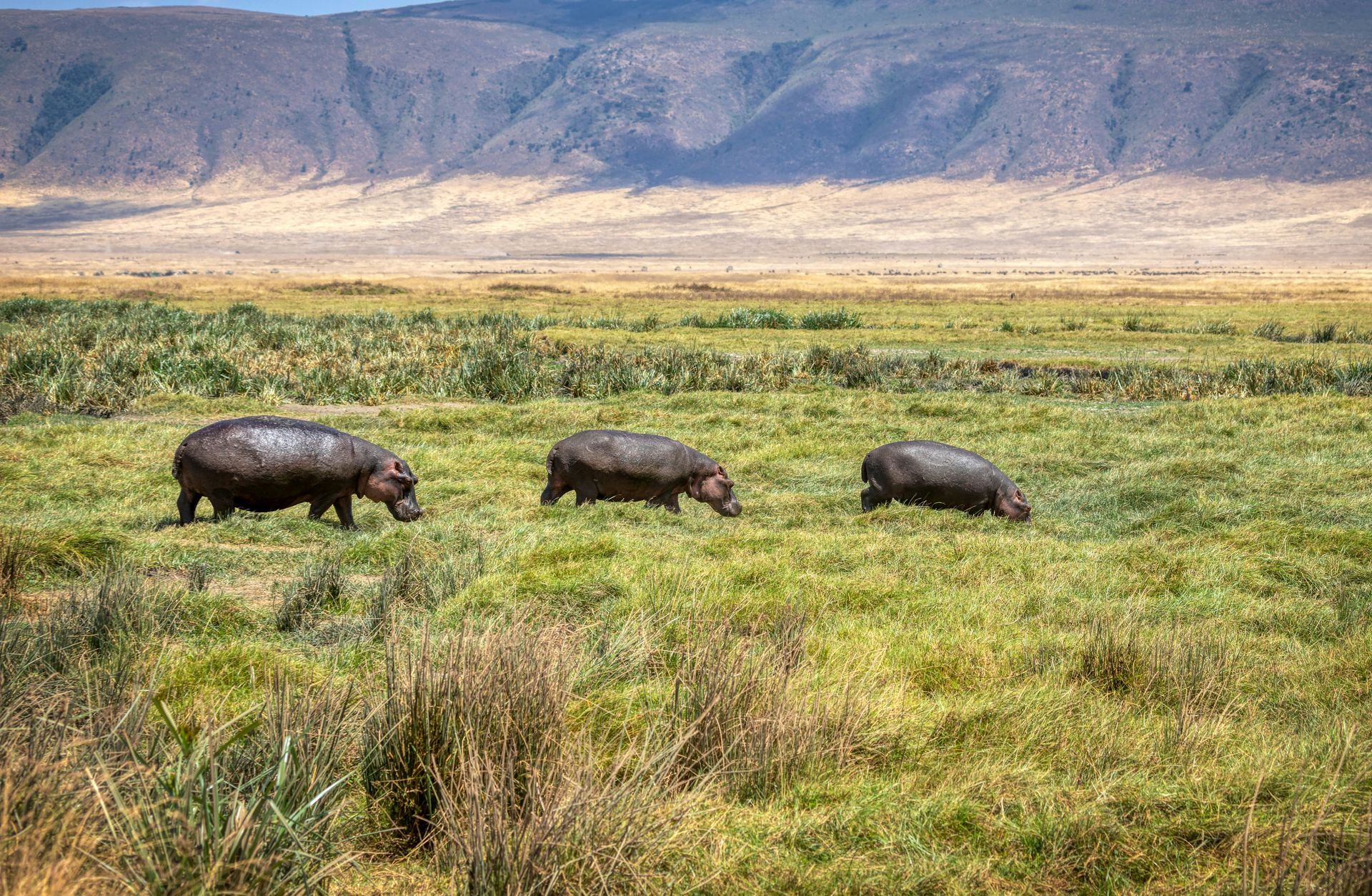
Slide title
Ngorongoro
Button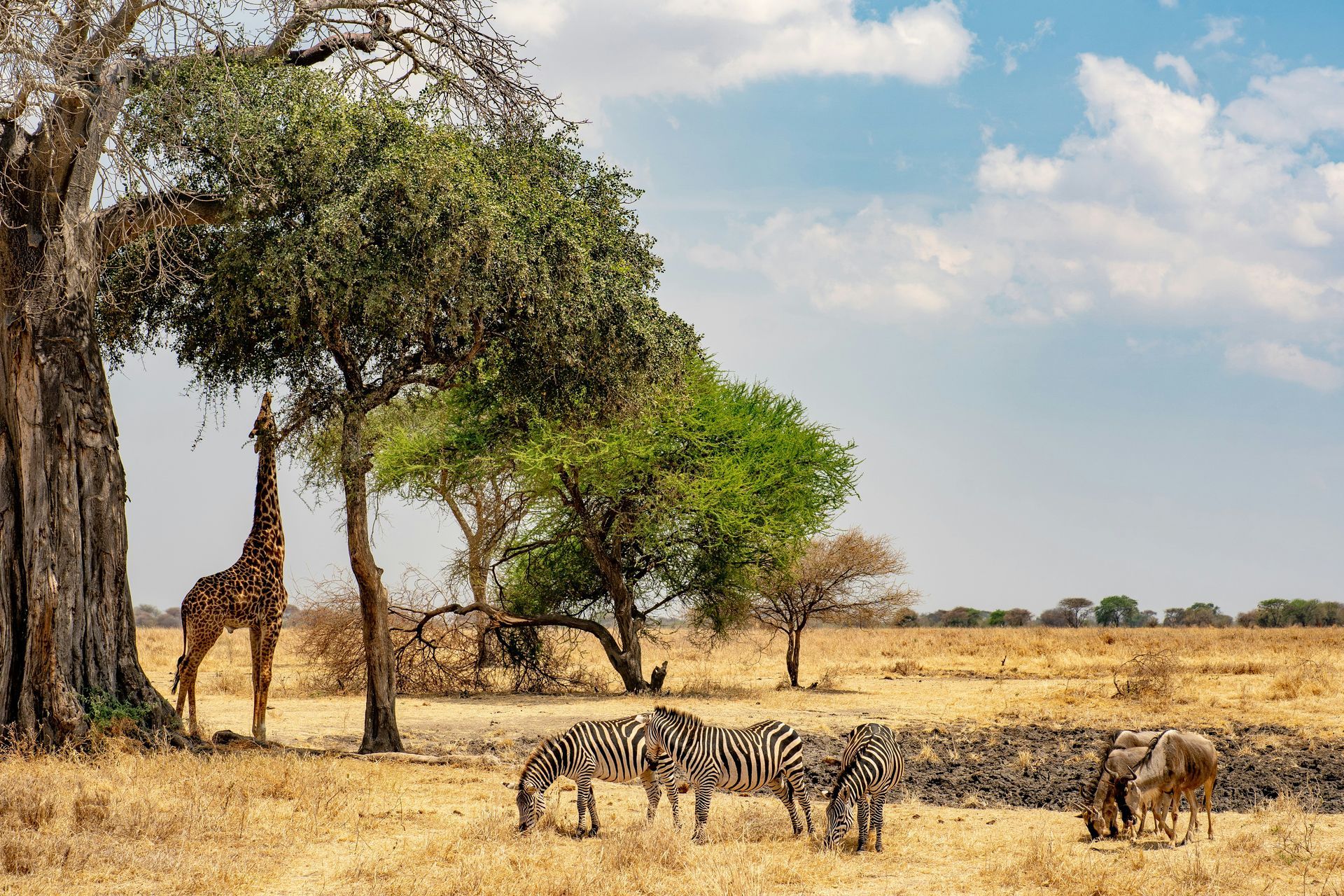
Slide title
Ngorongoro
Button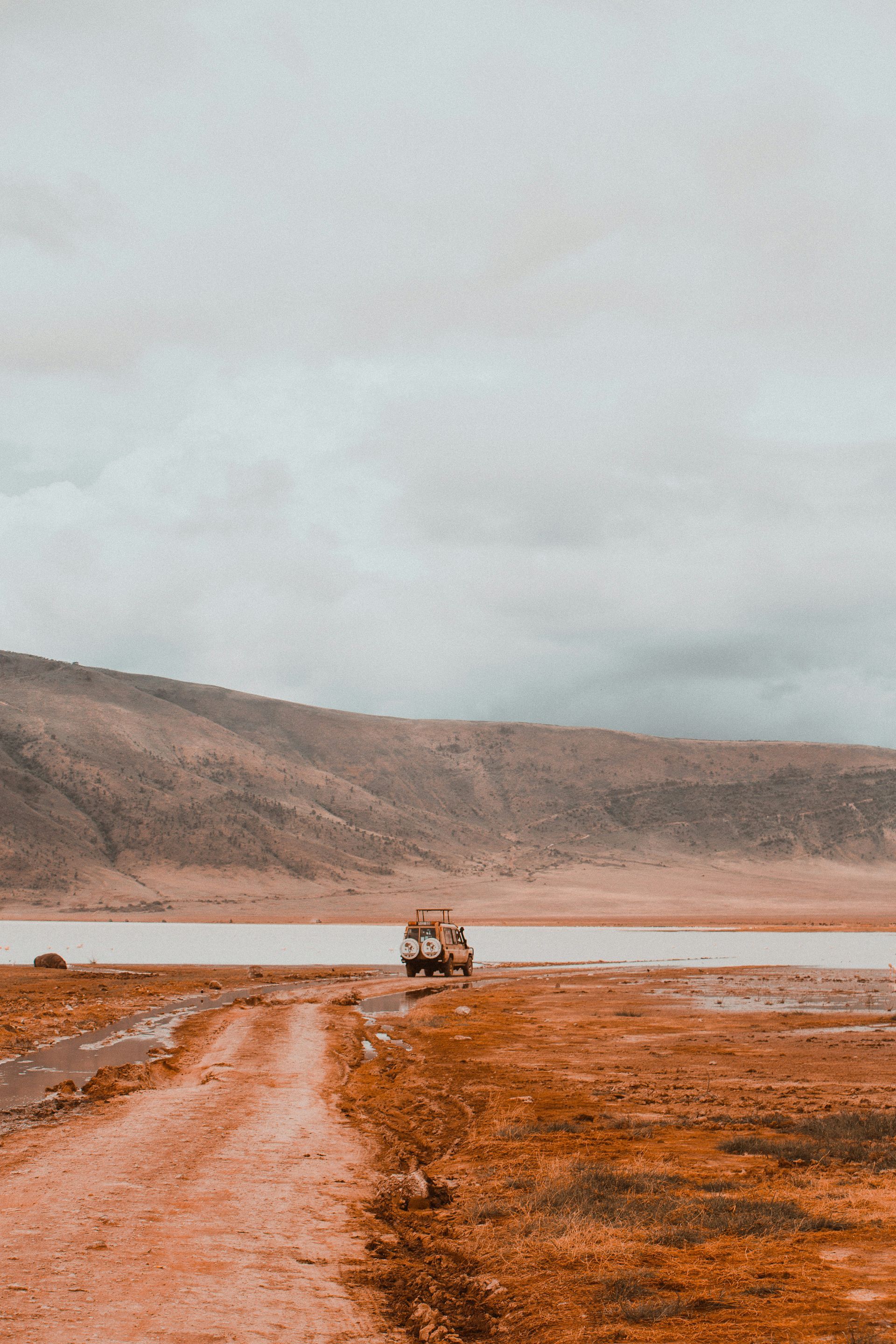
Slide title
Ngorongoro
Button
Slide title
Ngorongoro
Button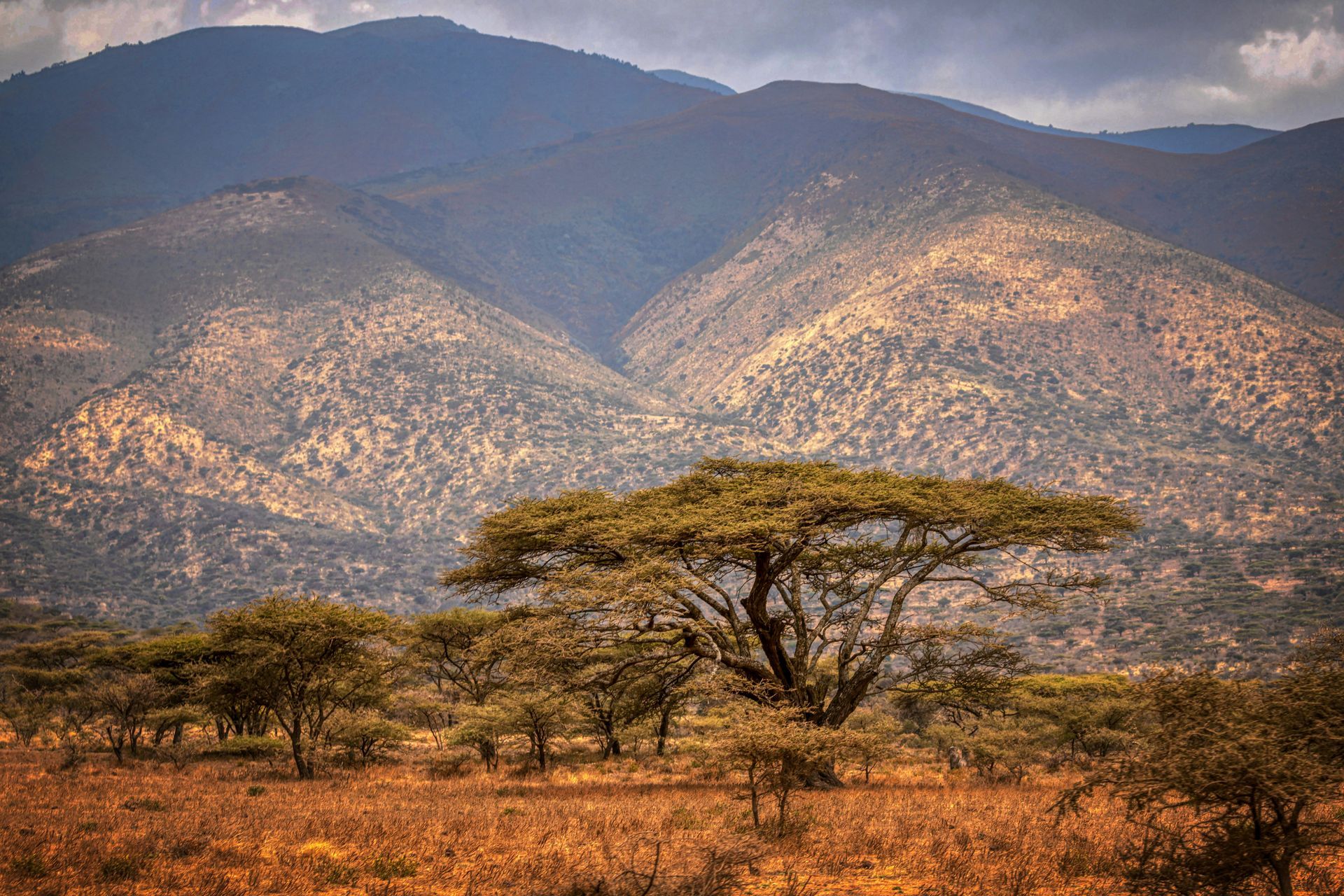
Slide title
Ngorongoro
Button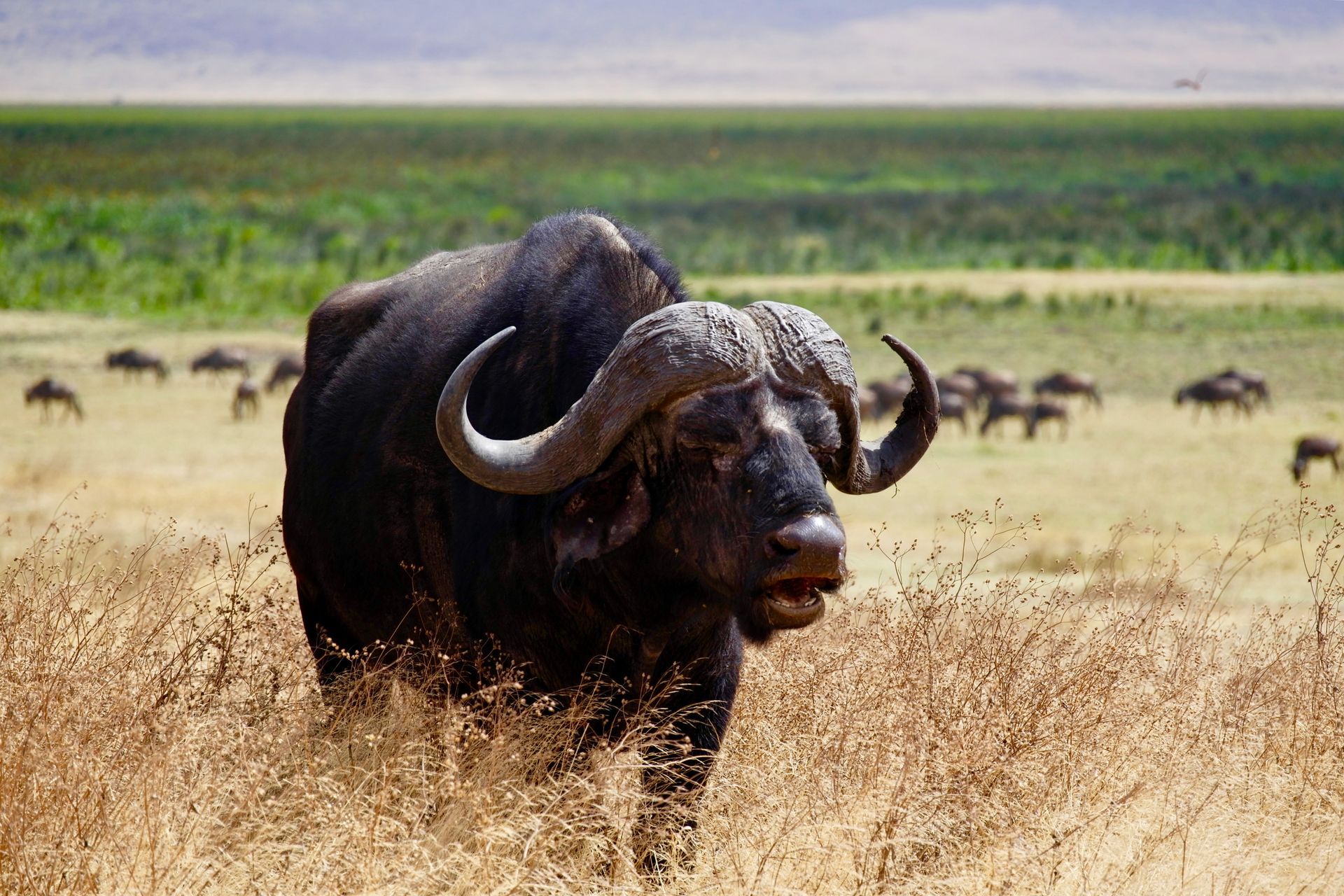
Slide title
Ngorongoro
Button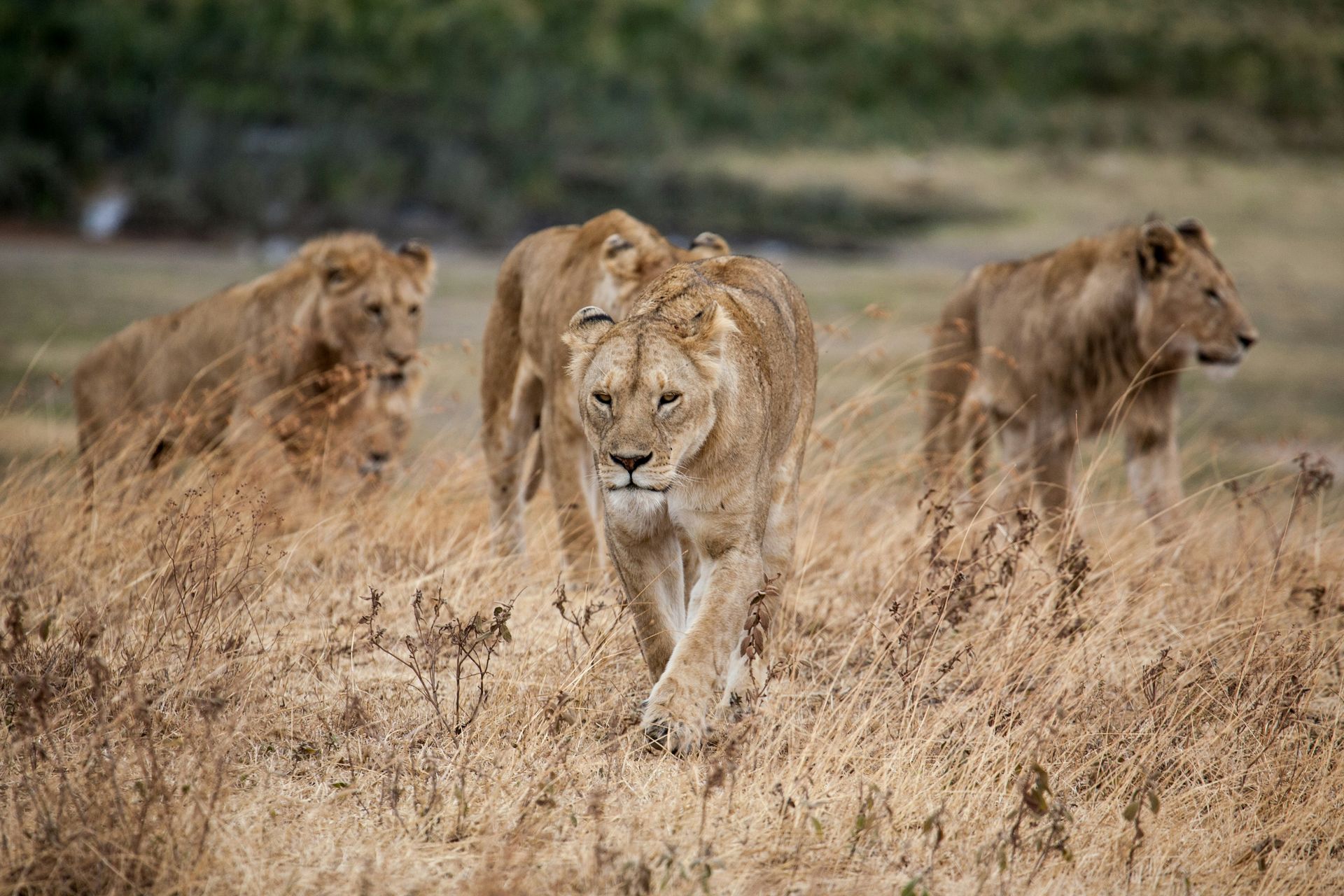
Slide title
Ngorongoro
Button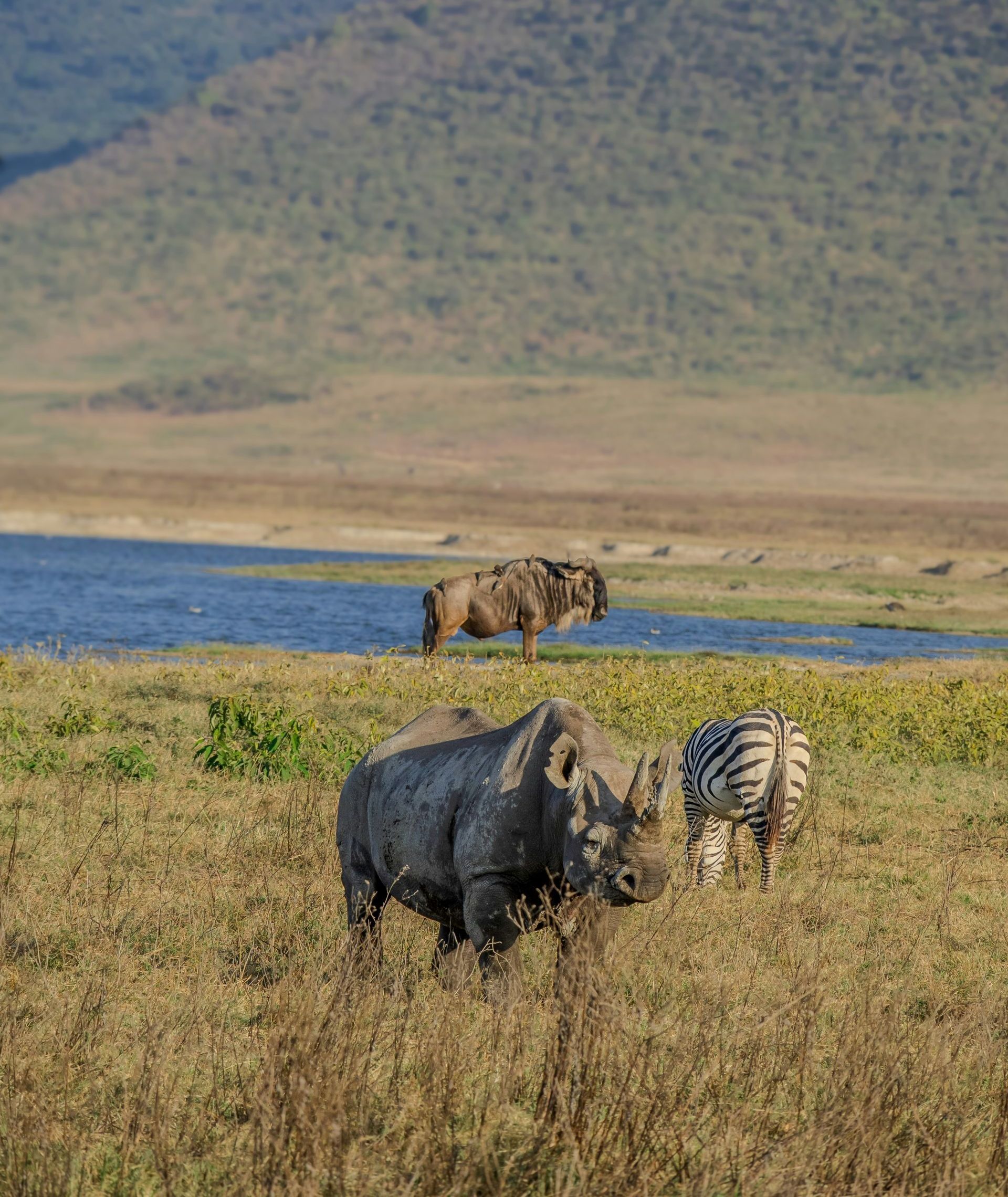
Slide title
Ngorongoro
Button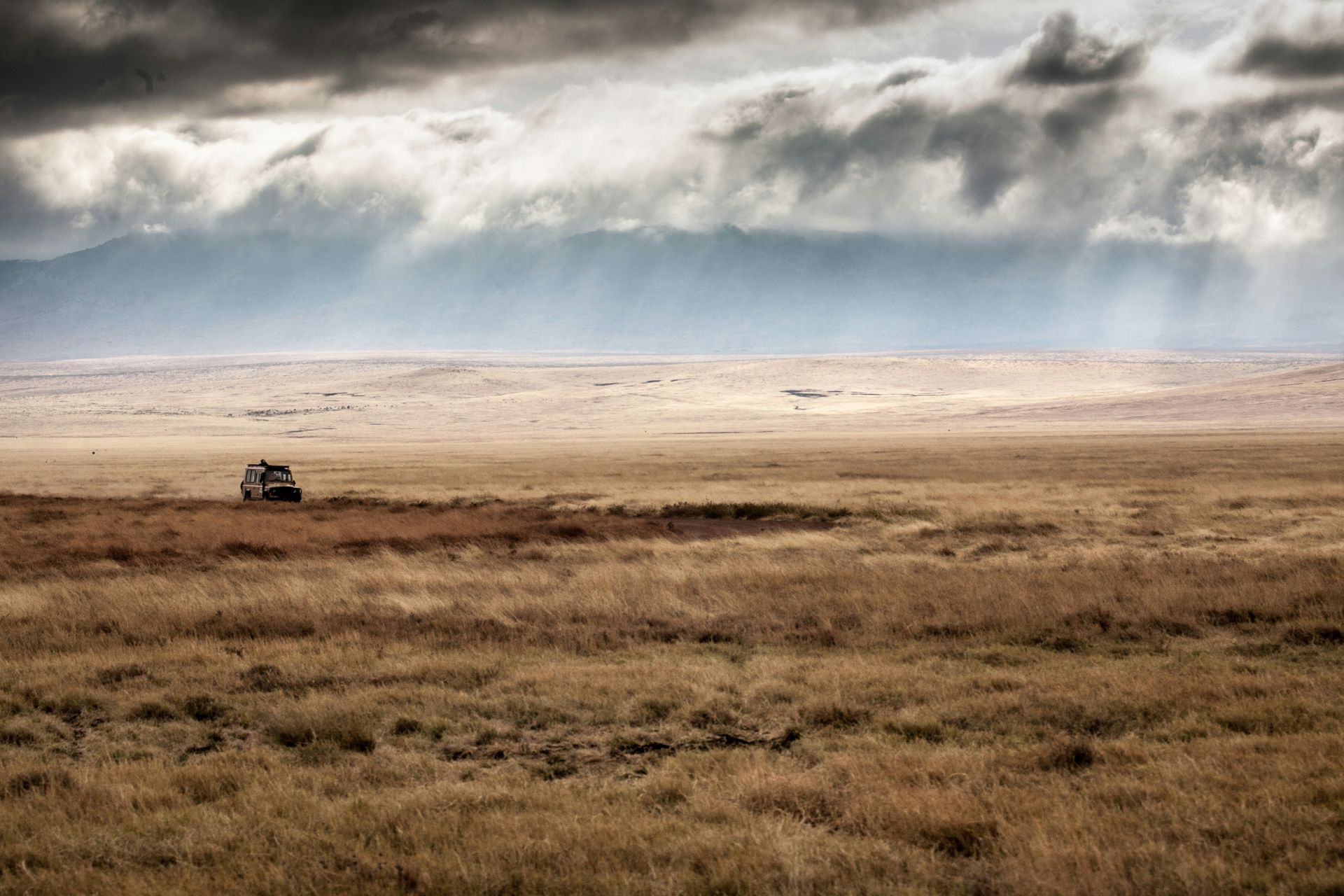
Slide title
Ngorongoro
Button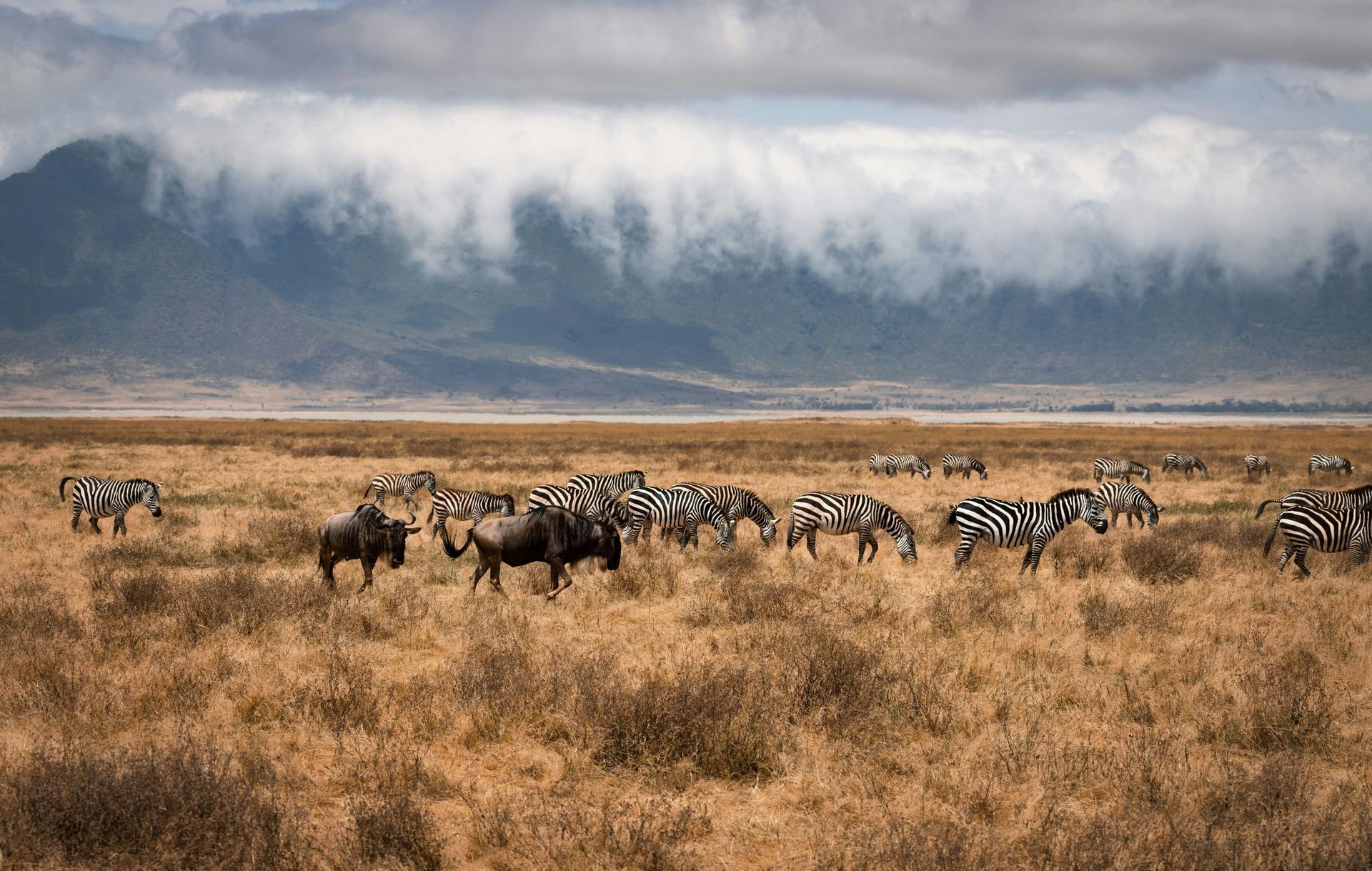
Slide title
Ngorongoro
Button
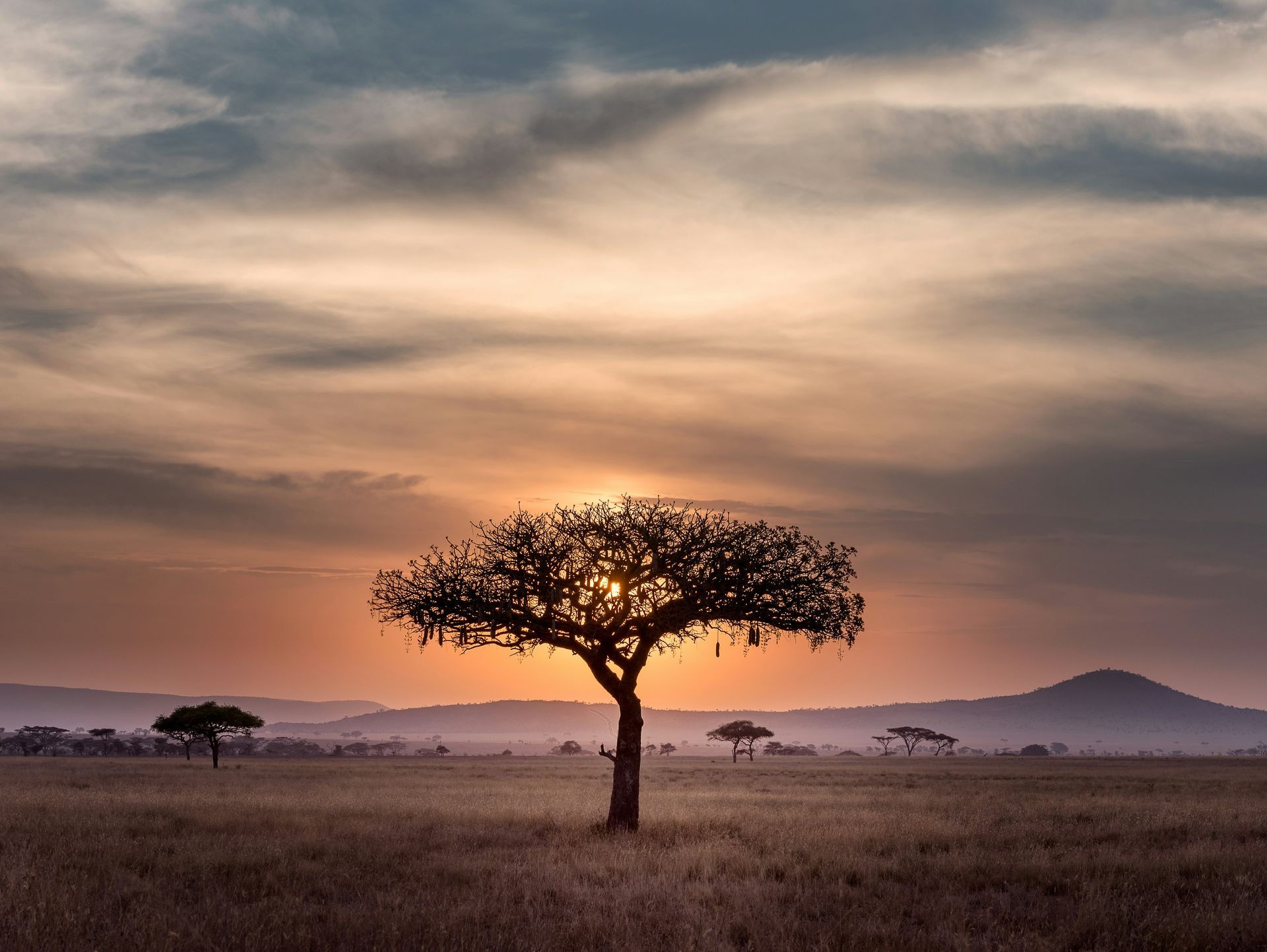
Slide title
Serengeti
Button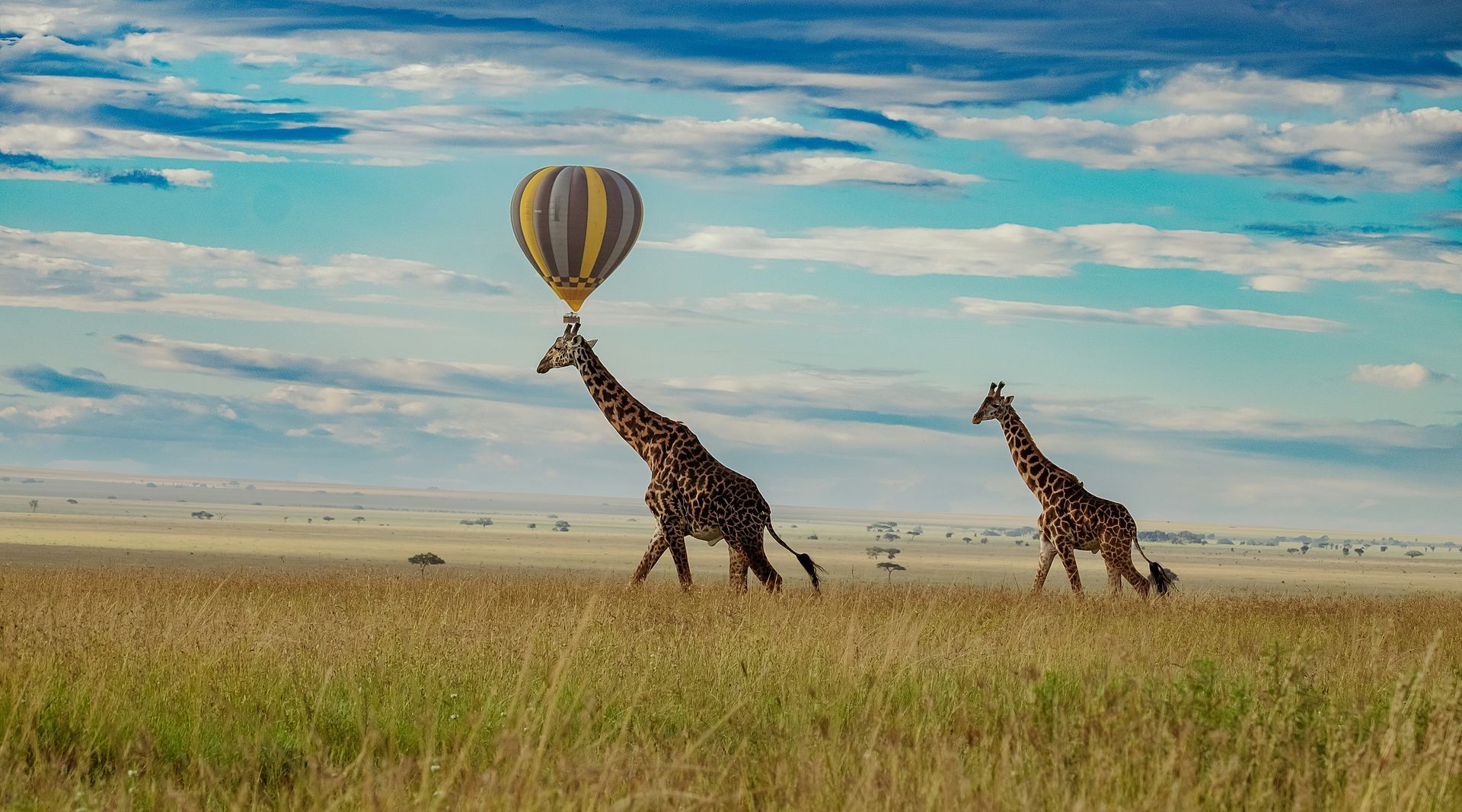
Slide title
Serengeti
Button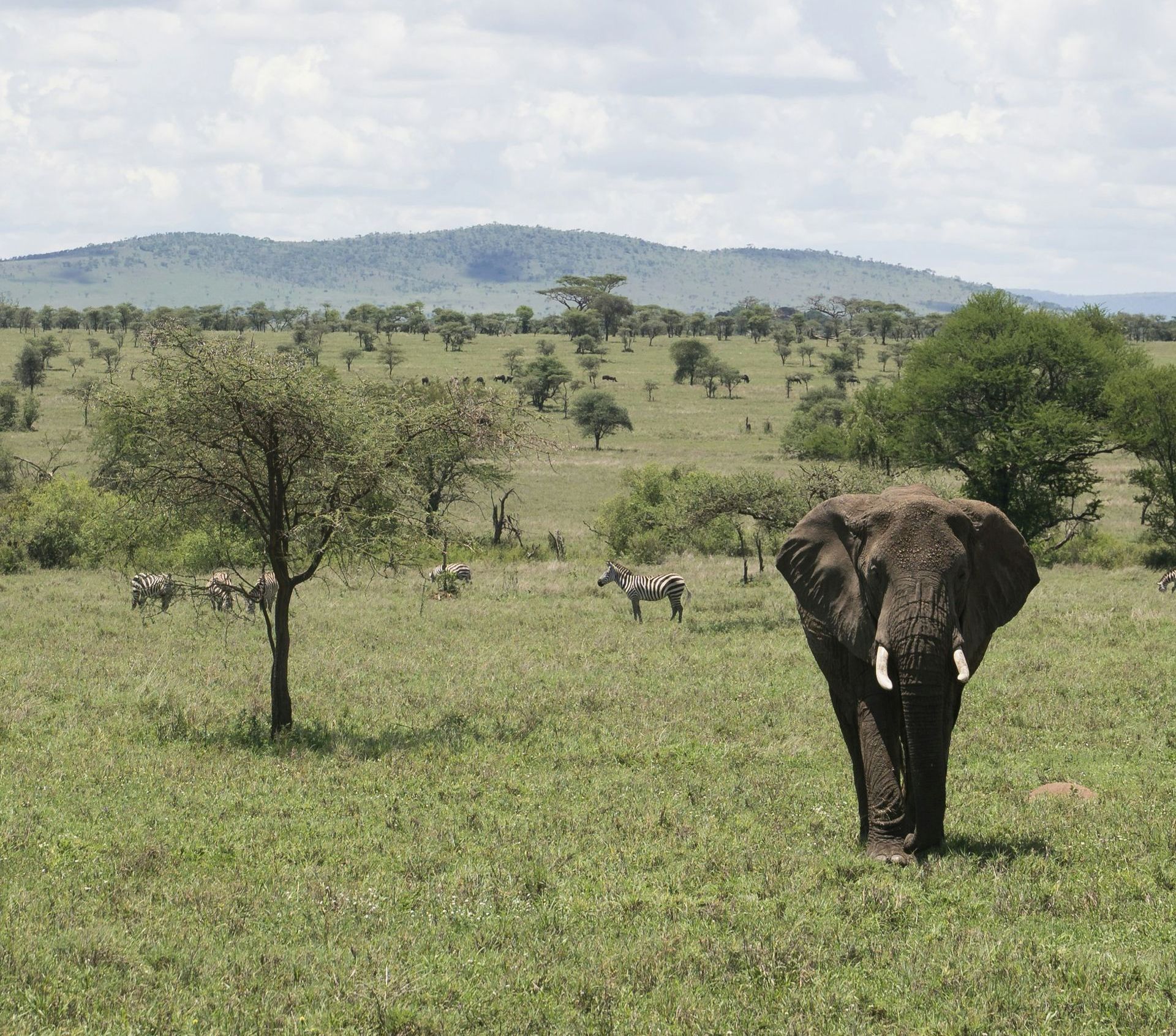
Slide title
Serengeti
Button
Slide title
Serengeti
Button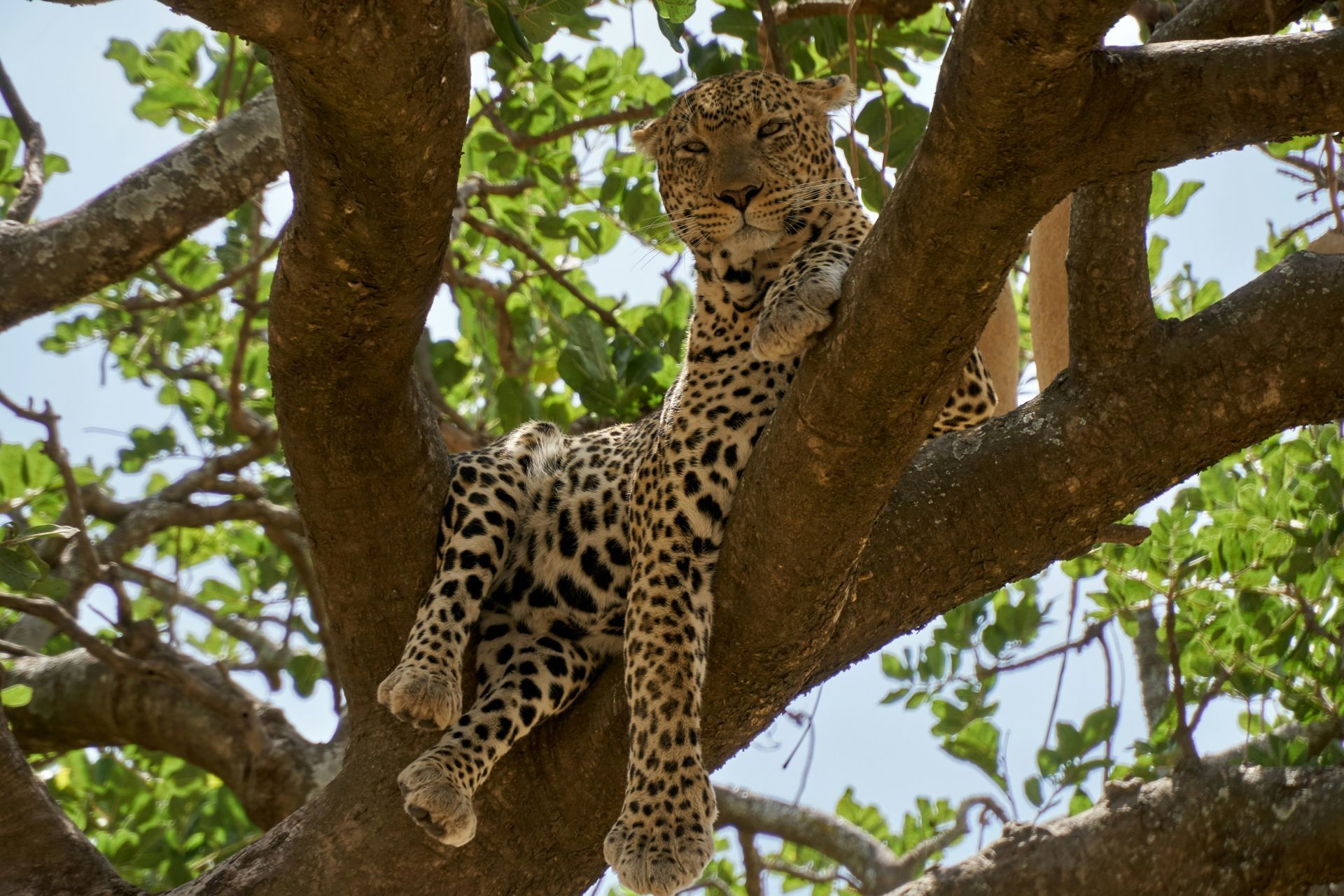
Slide title
Serengeti
Button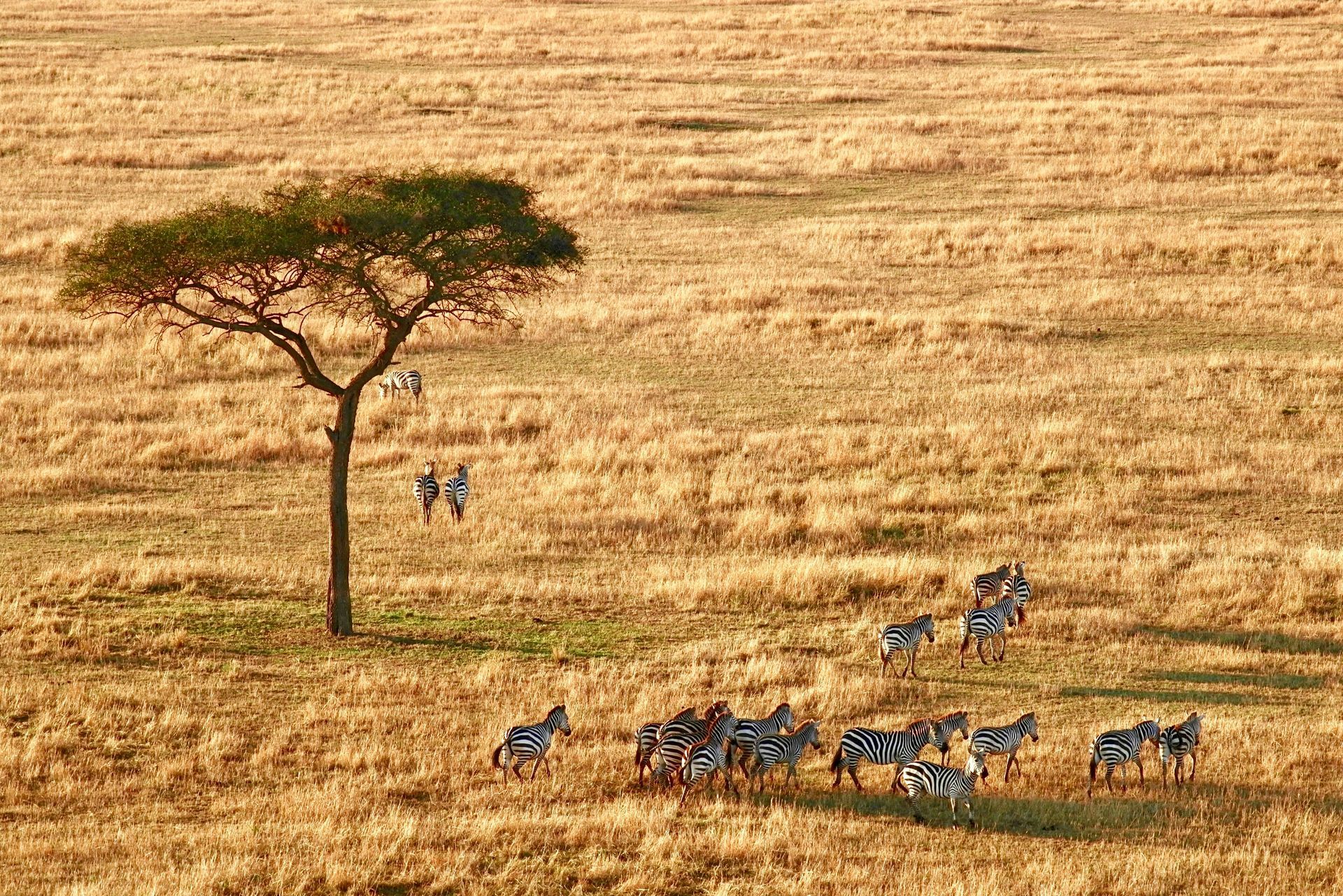
Slide title
Serengeti
Button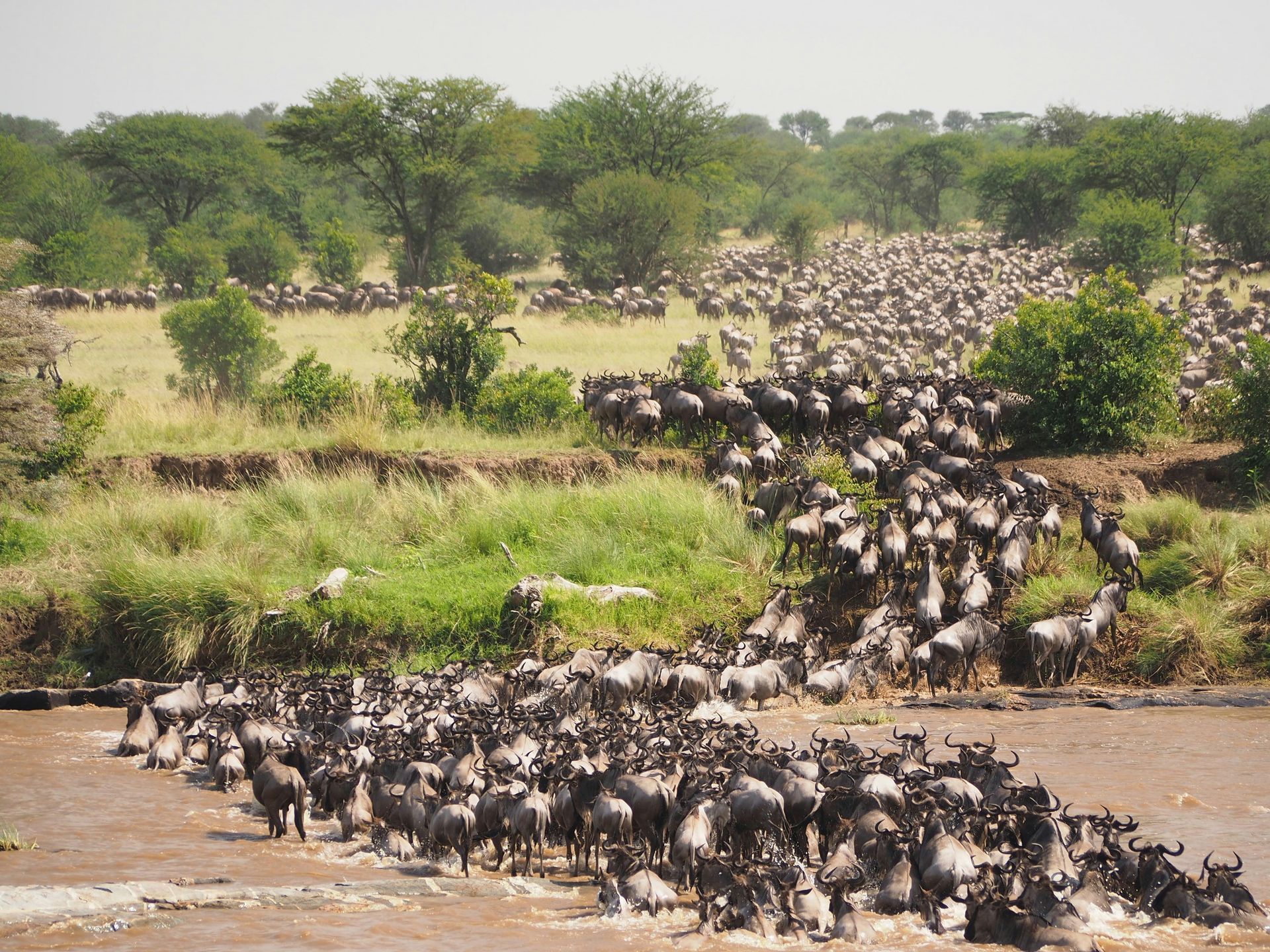
Slide title
Serengeti
Button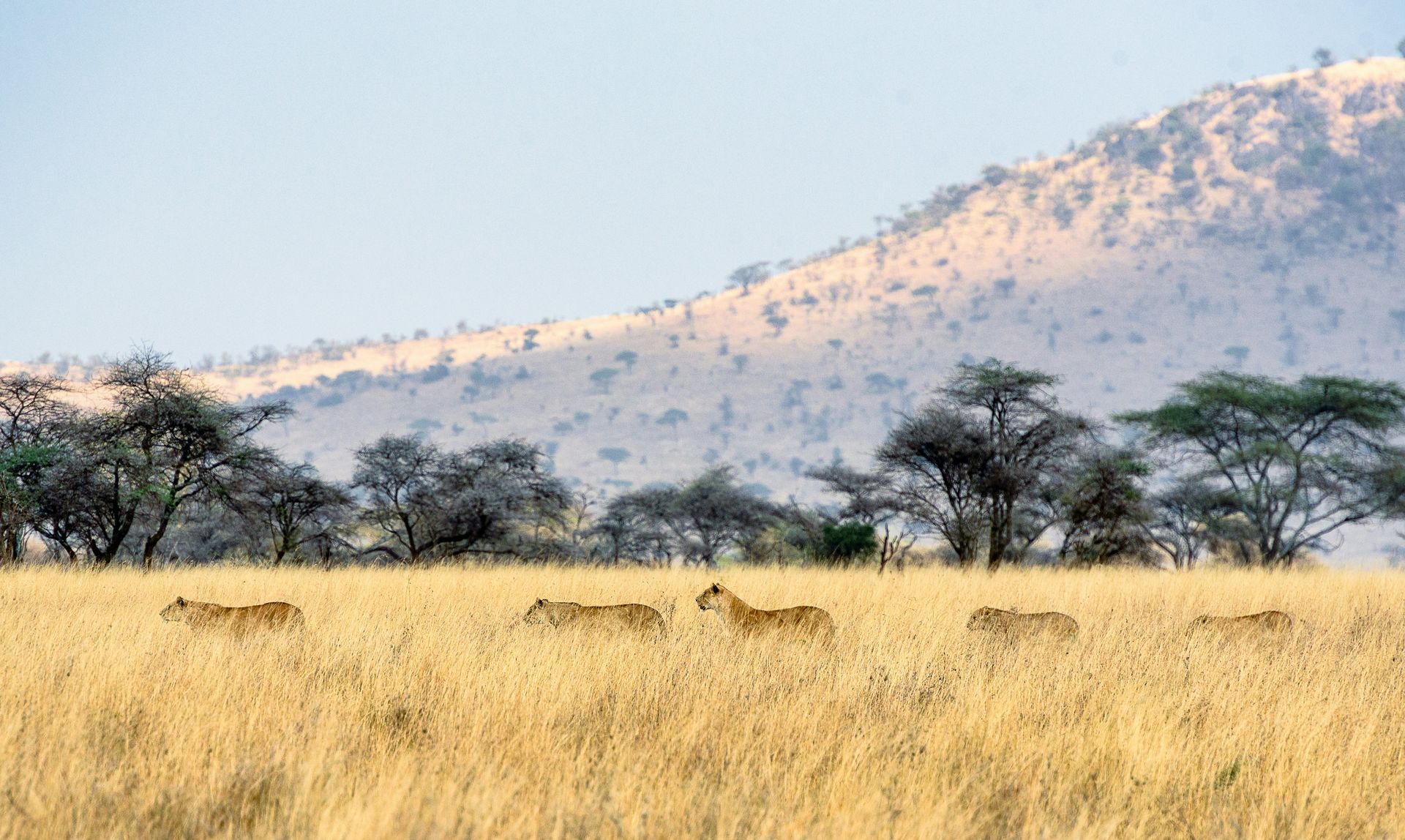
Slide title
Serengeti
Button
Slide title
Serengeti
Button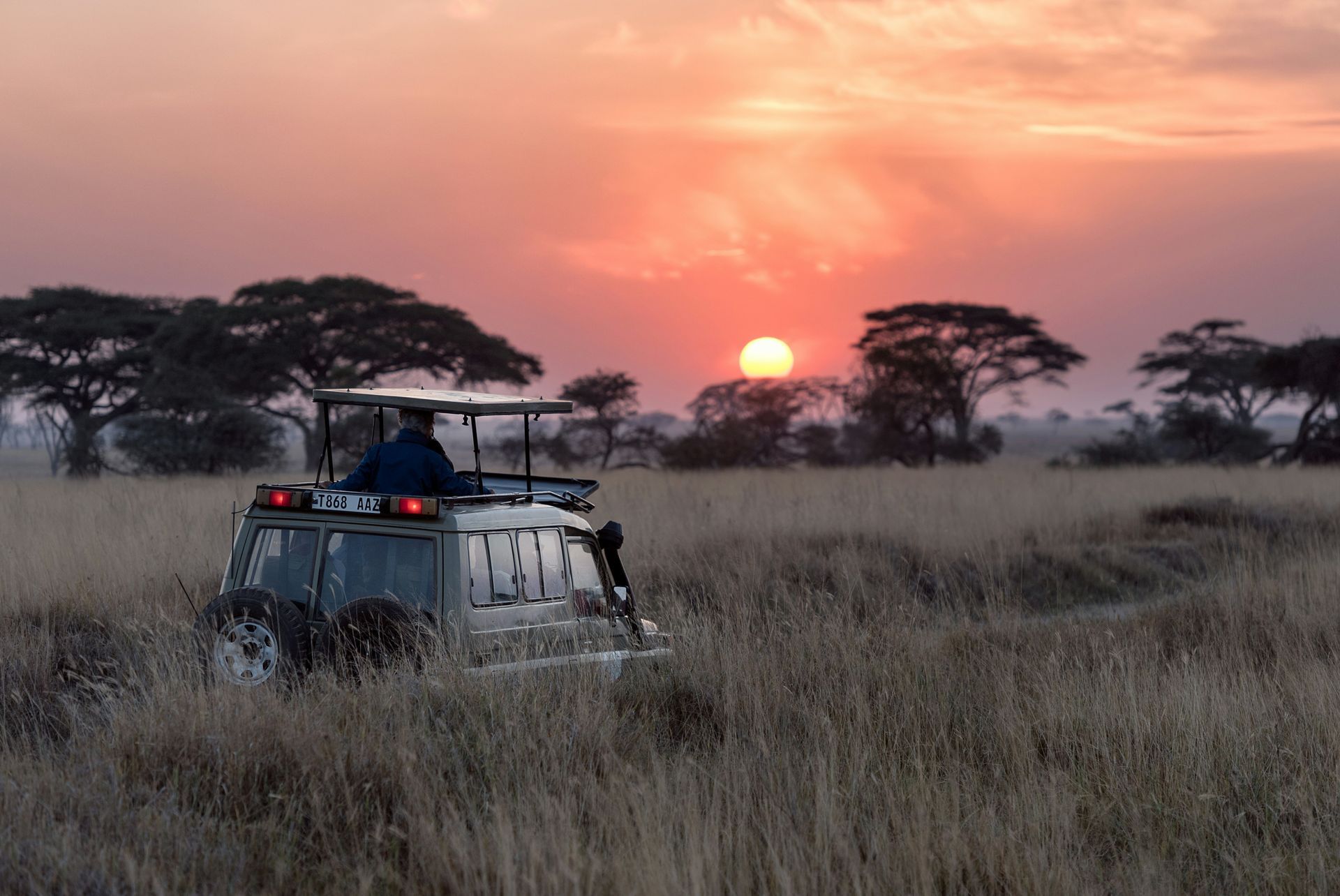
Slide title
Serengeti
Button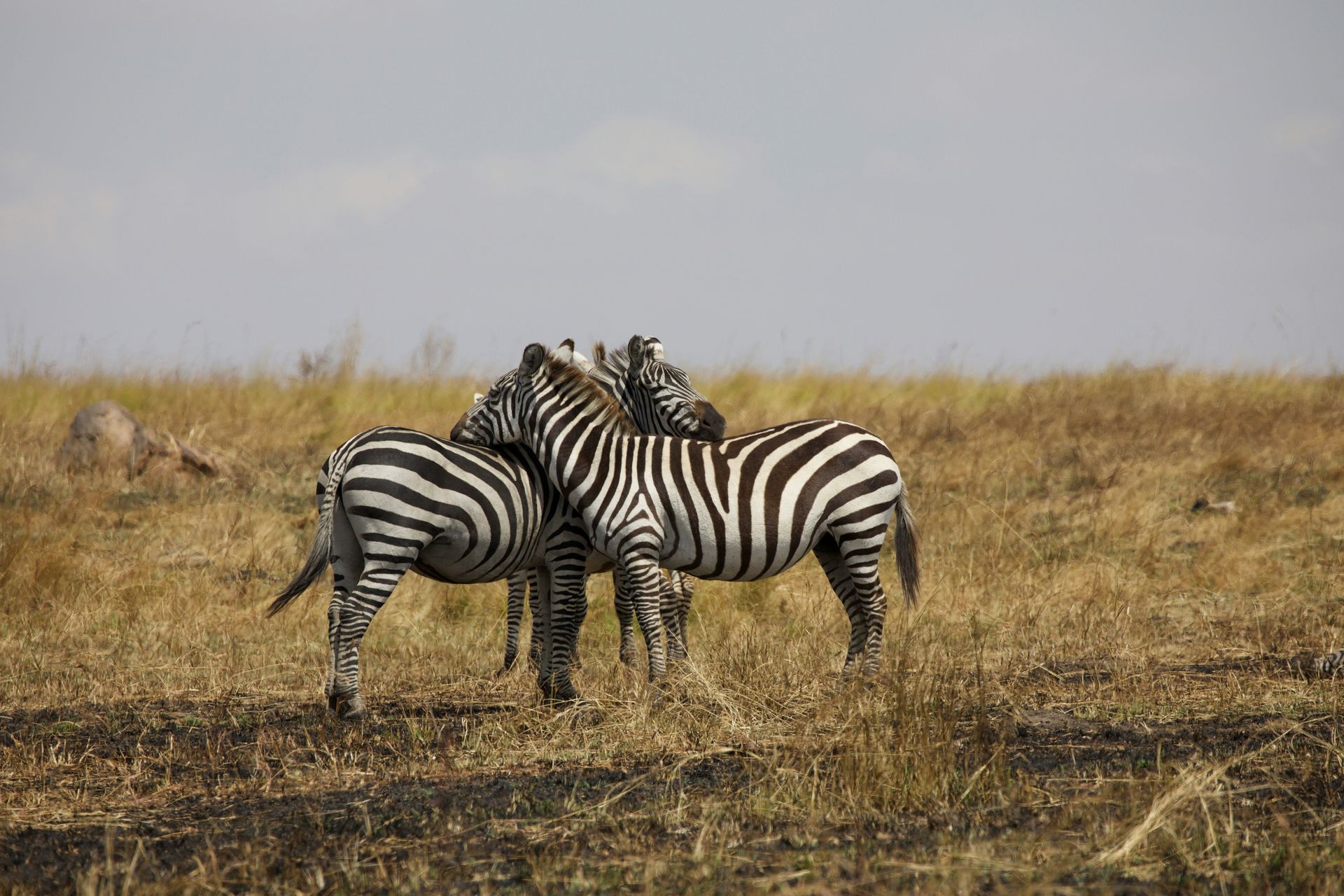
Slide title
Serengeti
Button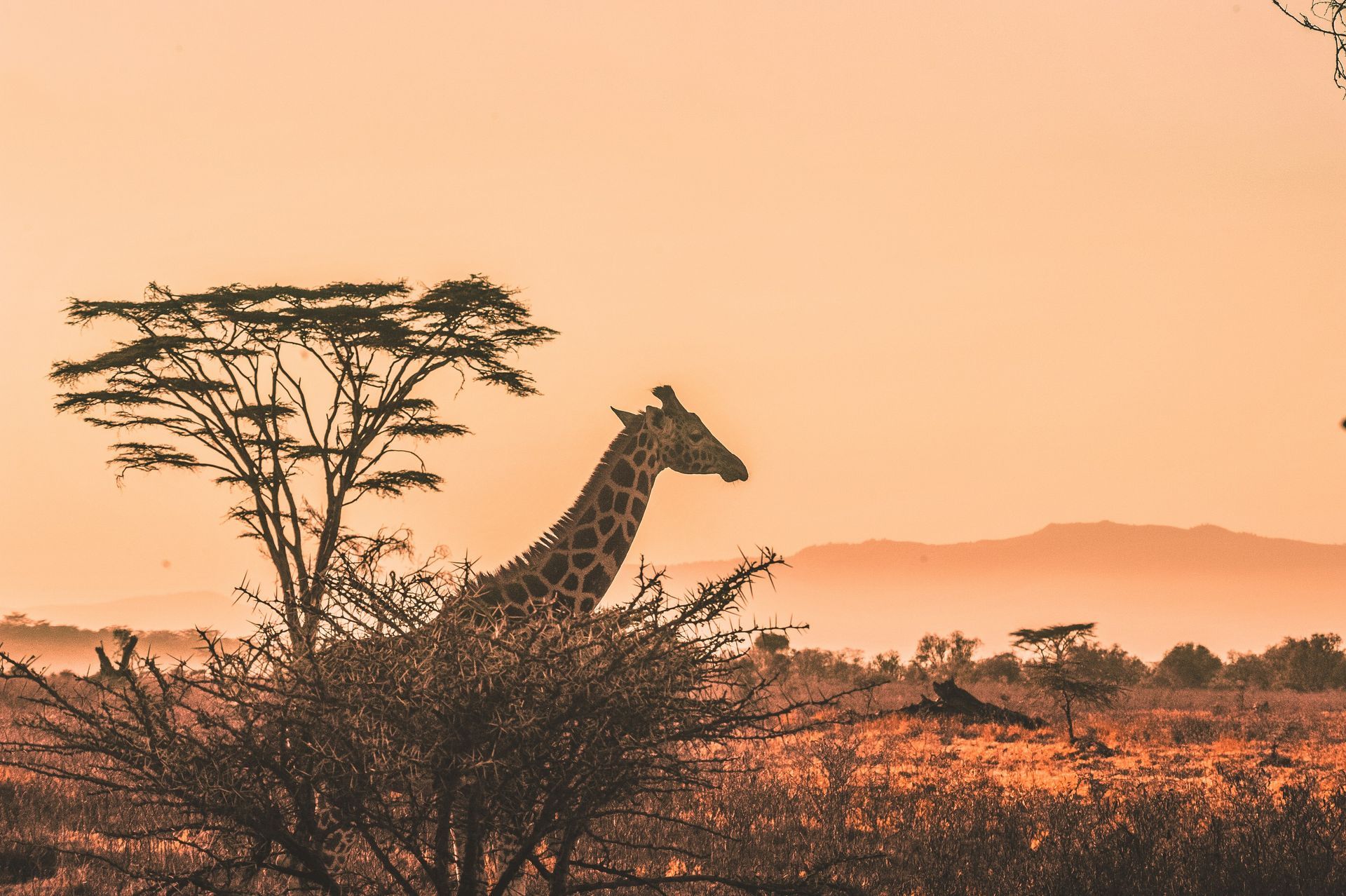
Slide title
Serengeti
Button
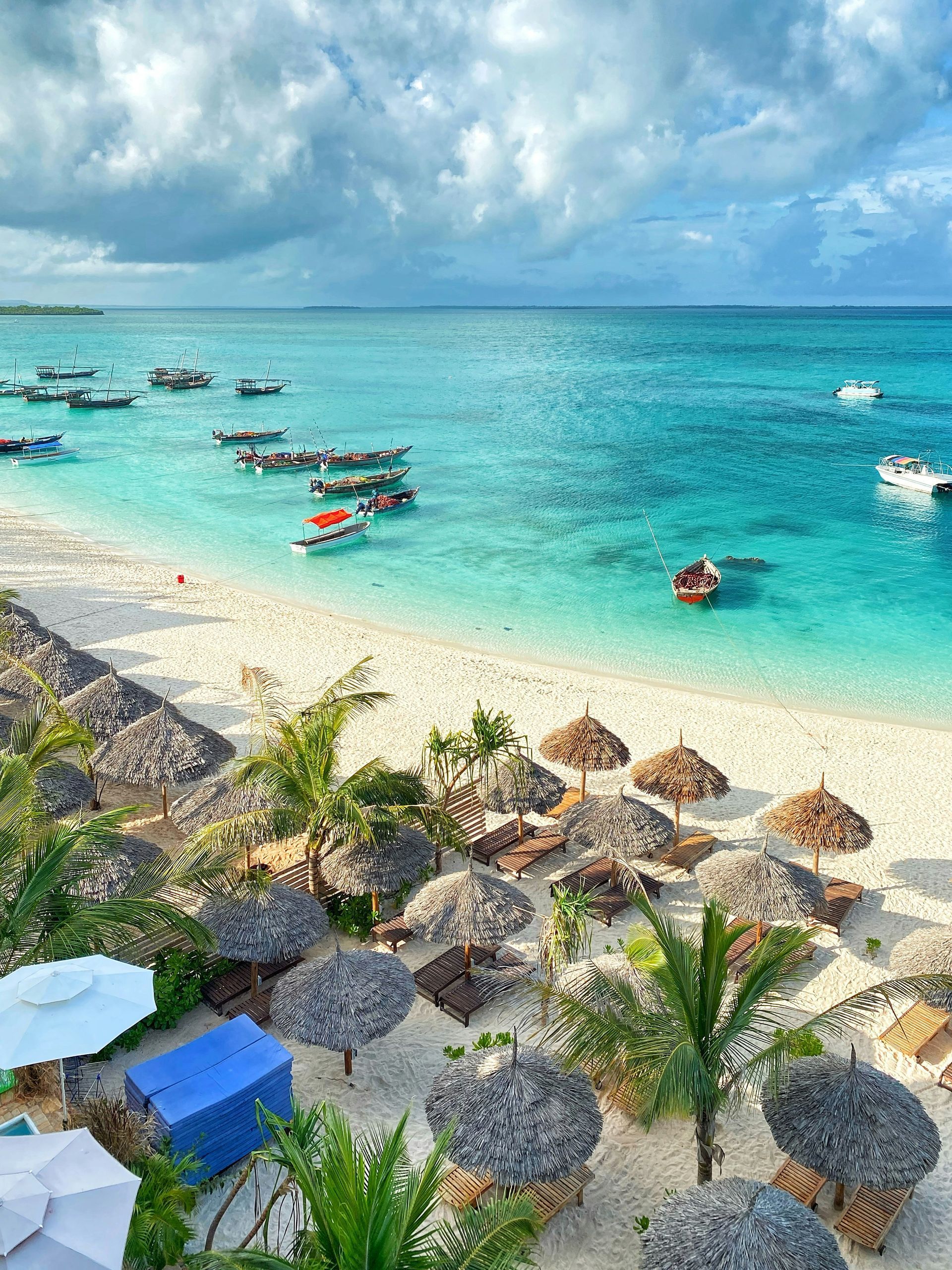
Slide title
Zanzibar
Button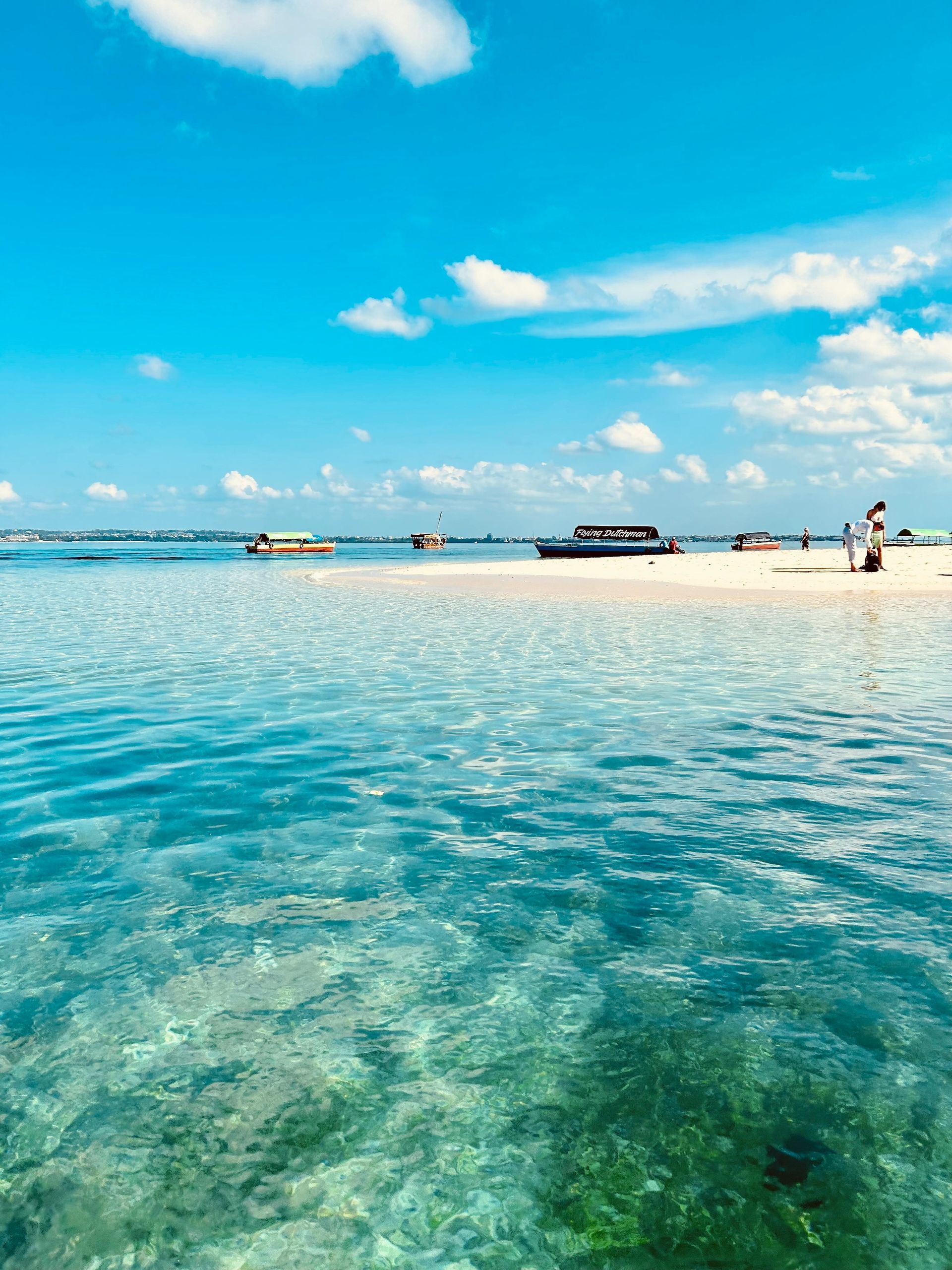
Slide title
Zanzibar
Button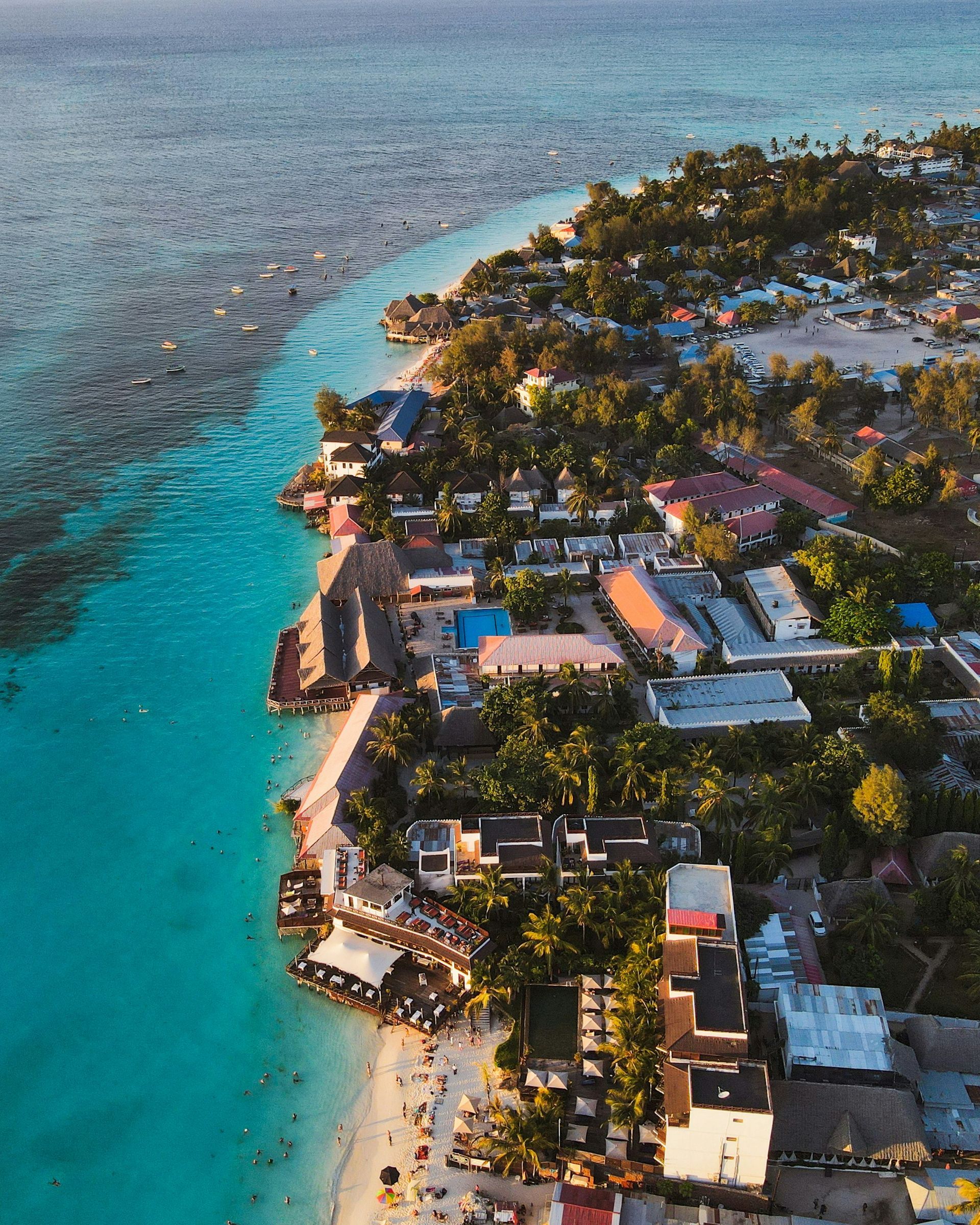
Slide title
Zanzibar
Button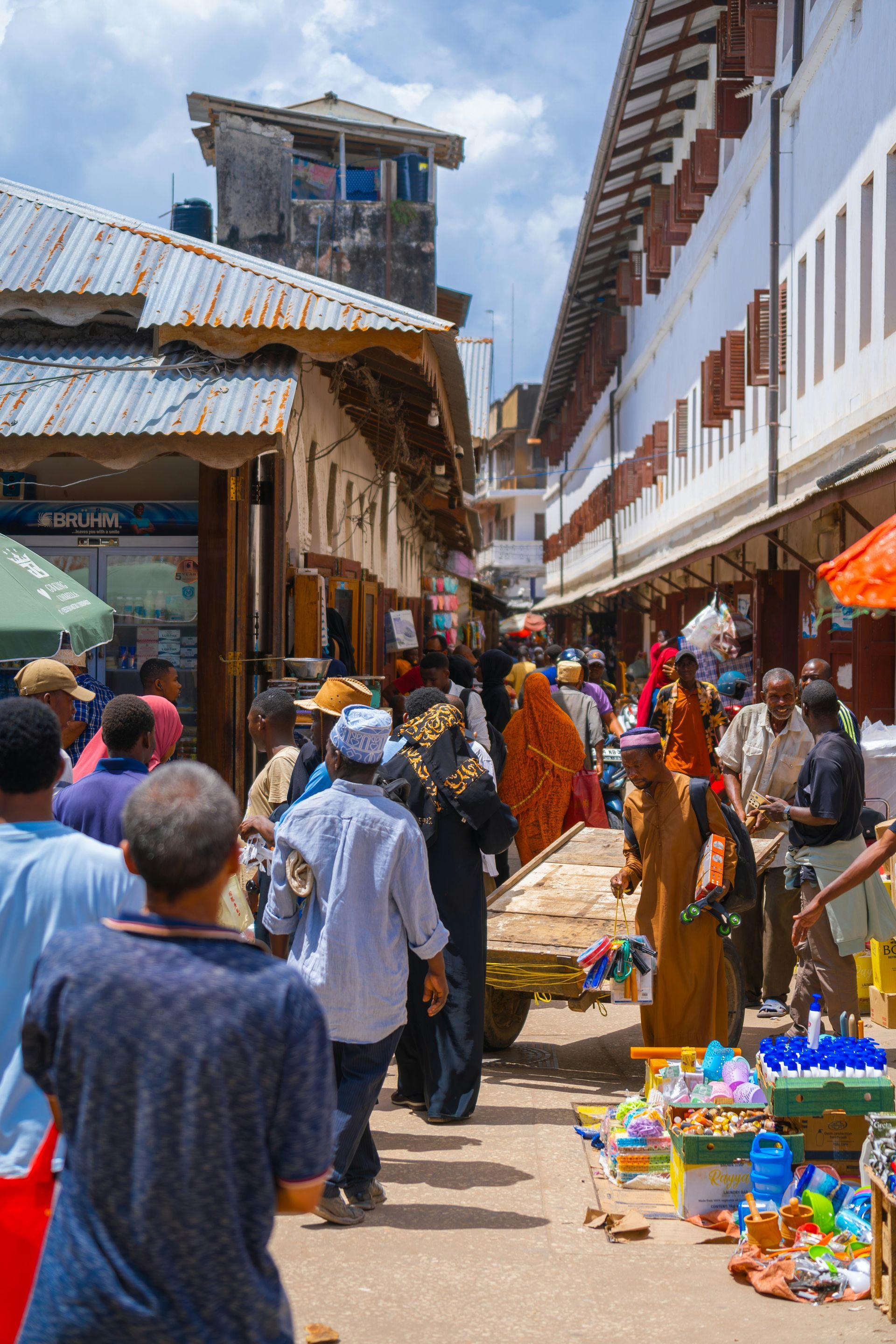
Slide title
Zanzibar
Button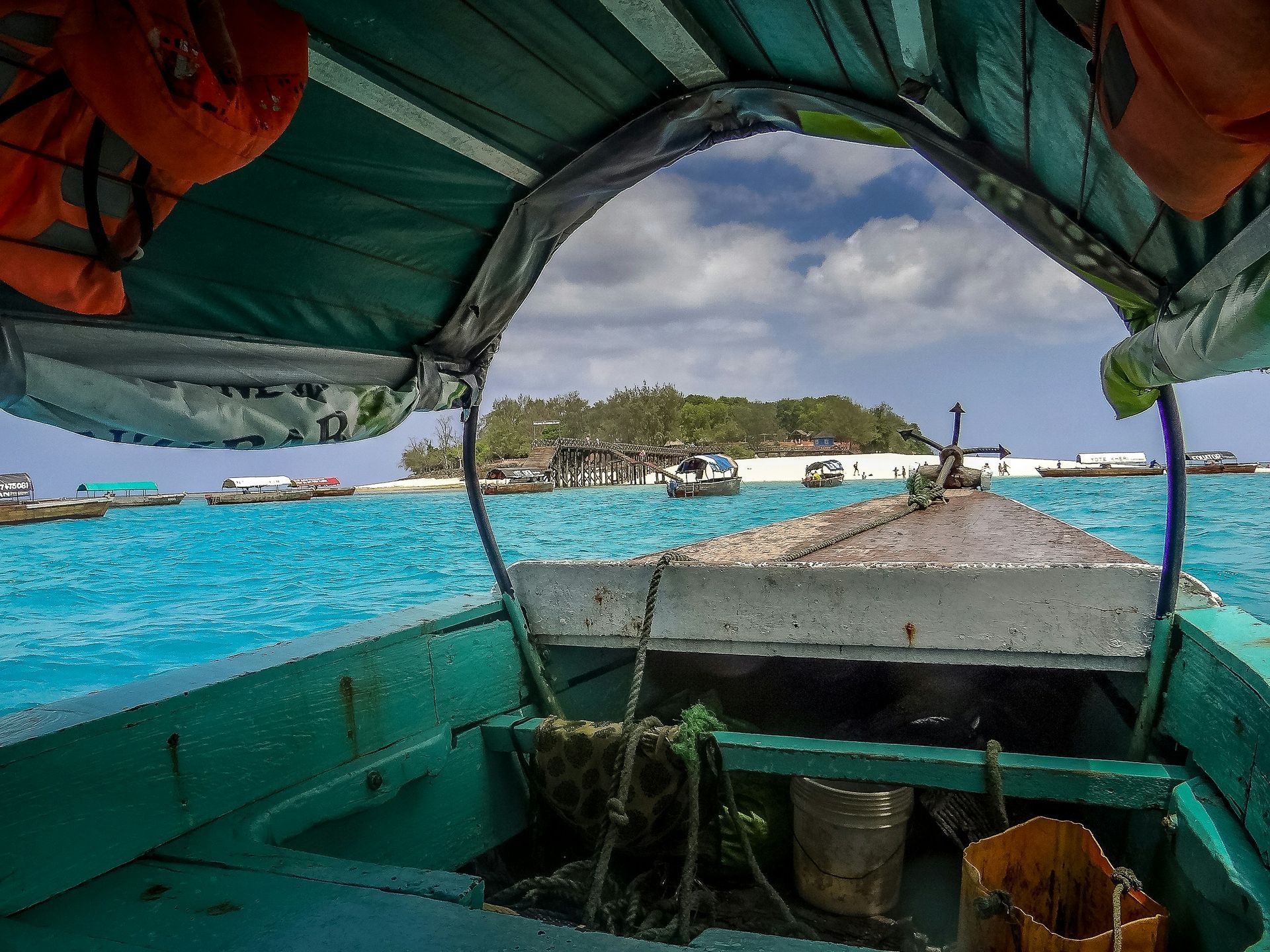
Slide title
Zanzibar
Button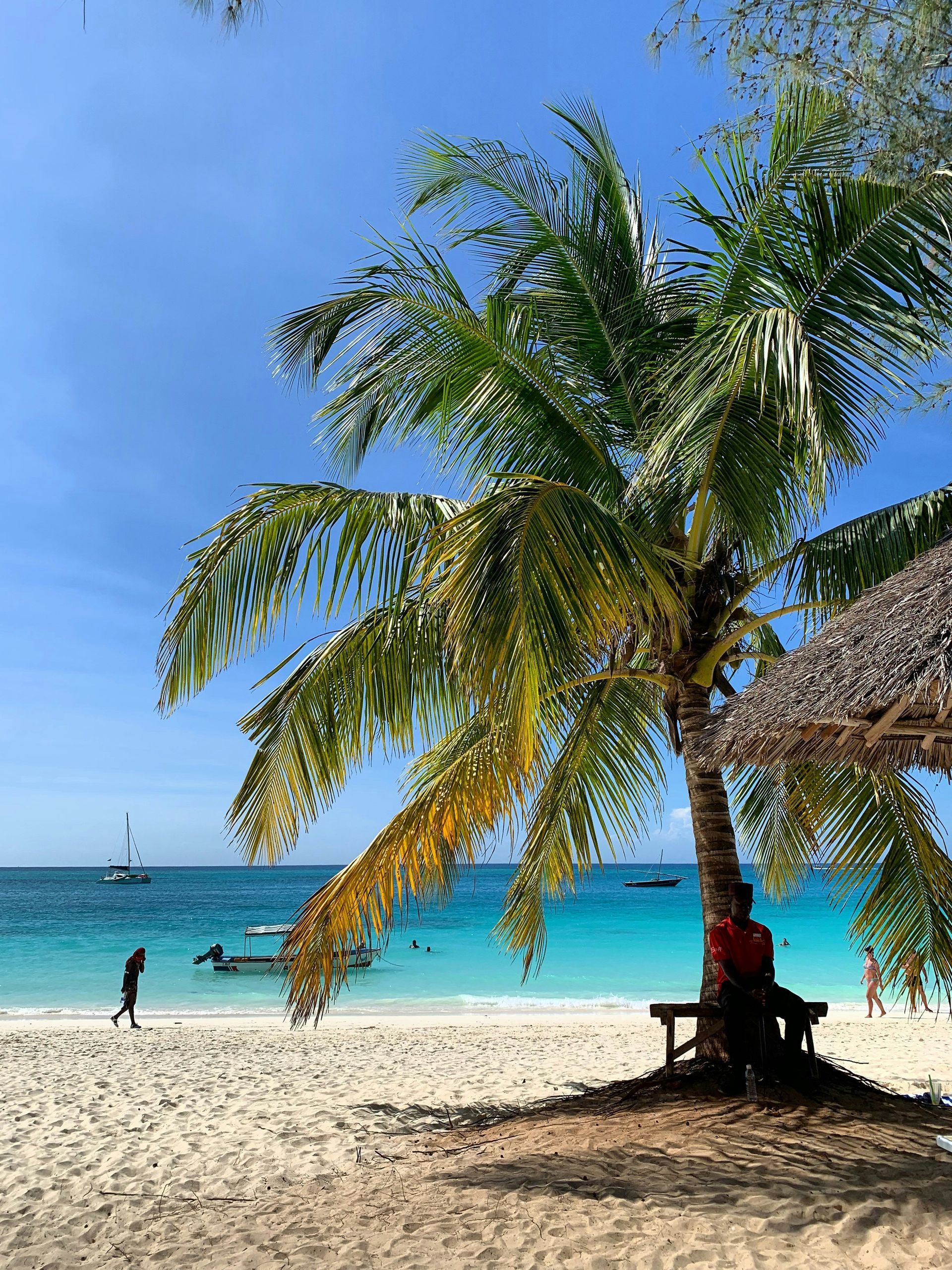
Slide title
Zanzibar
Button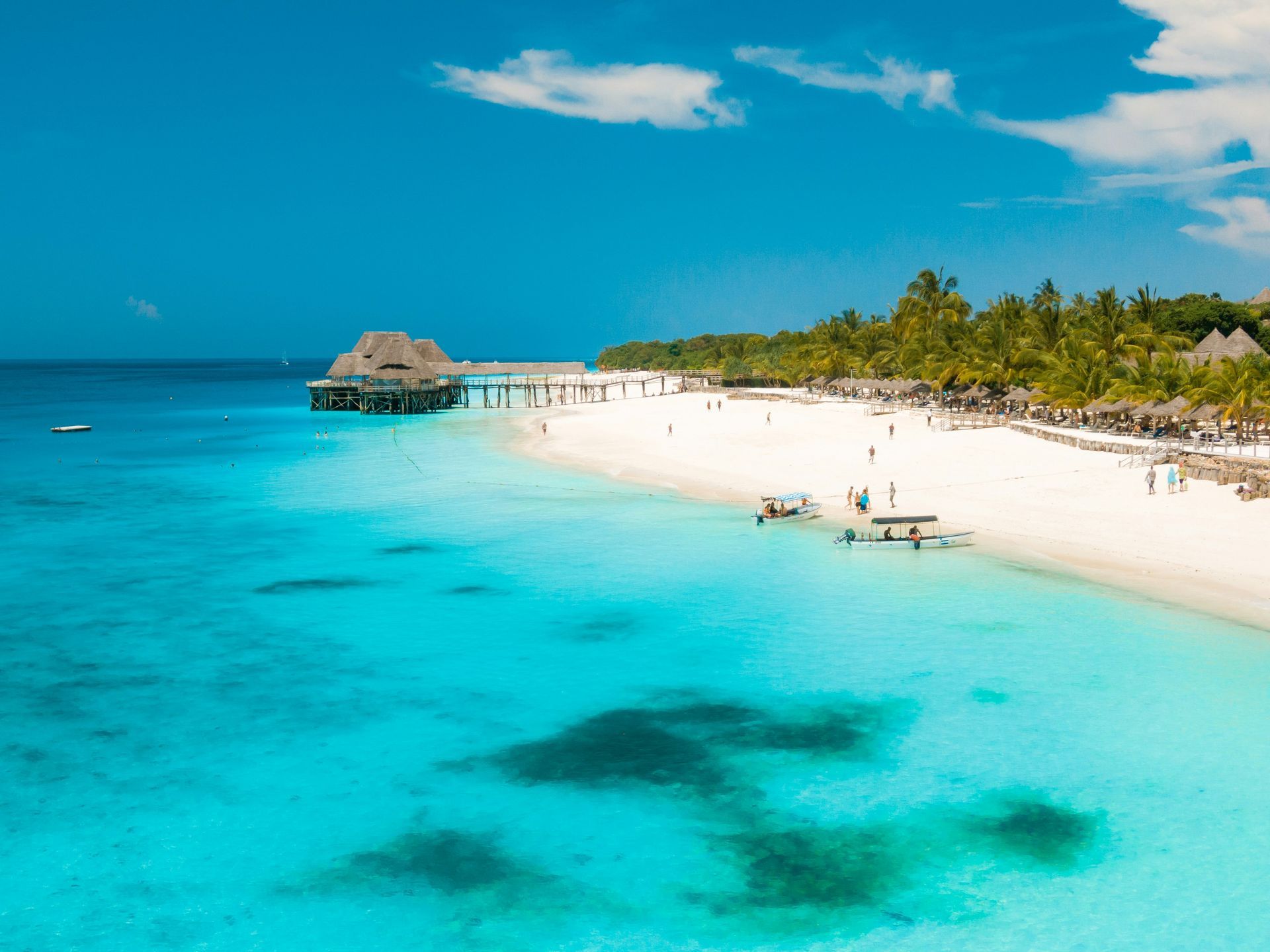
Slide title
Zanzibar
Button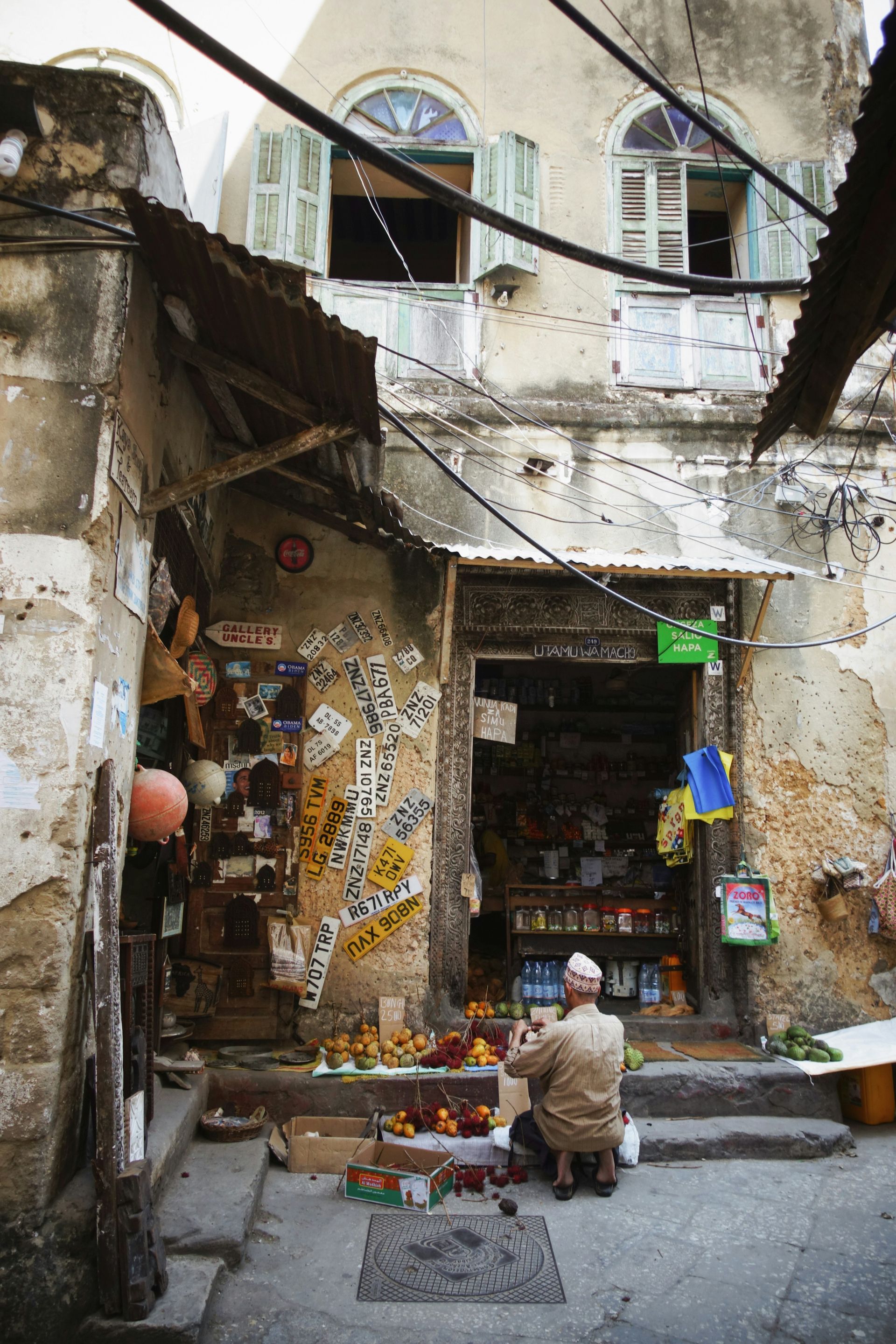
Slide title
Zanzibar
Button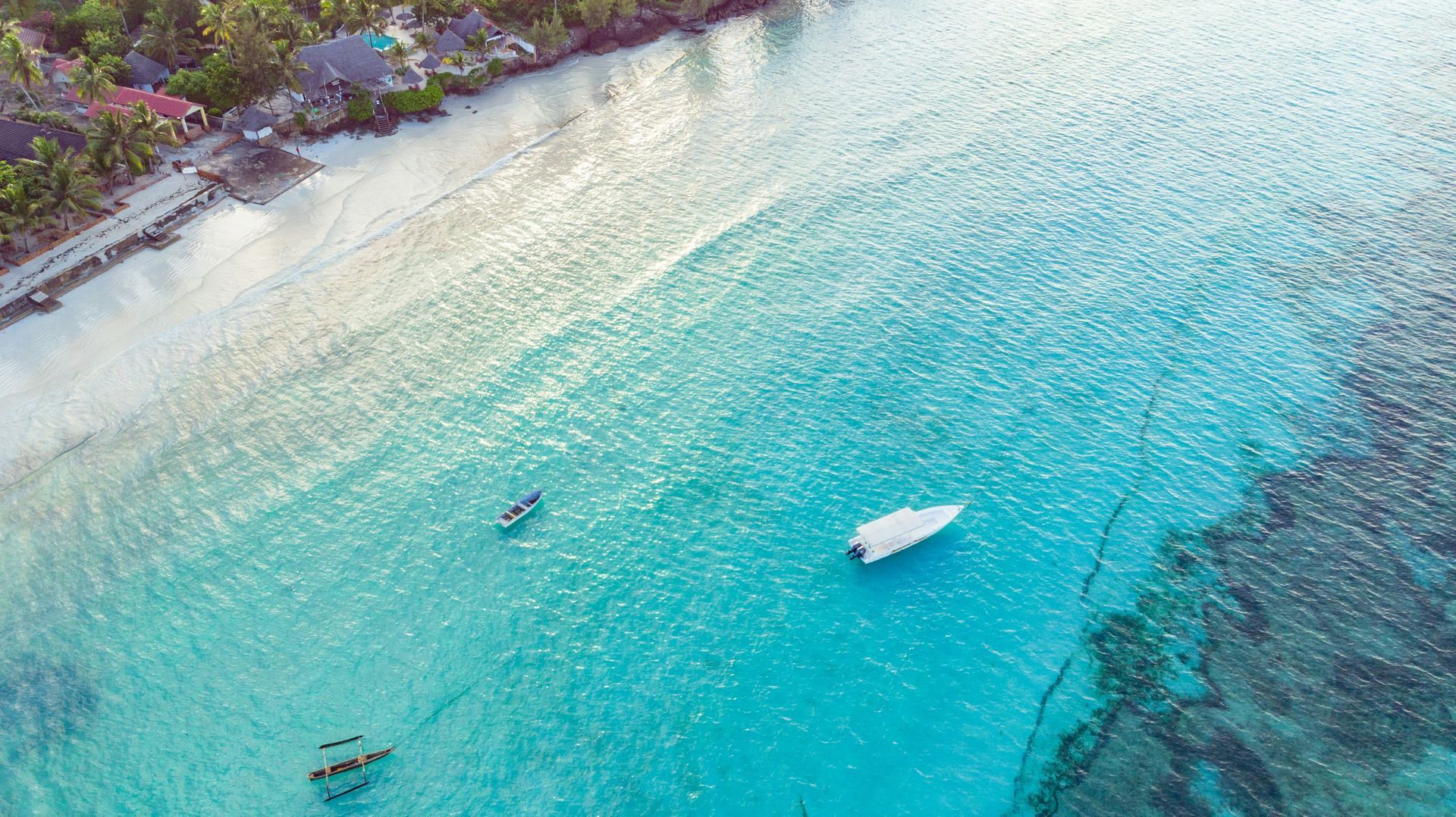
Slide title
Zanzibar
Button
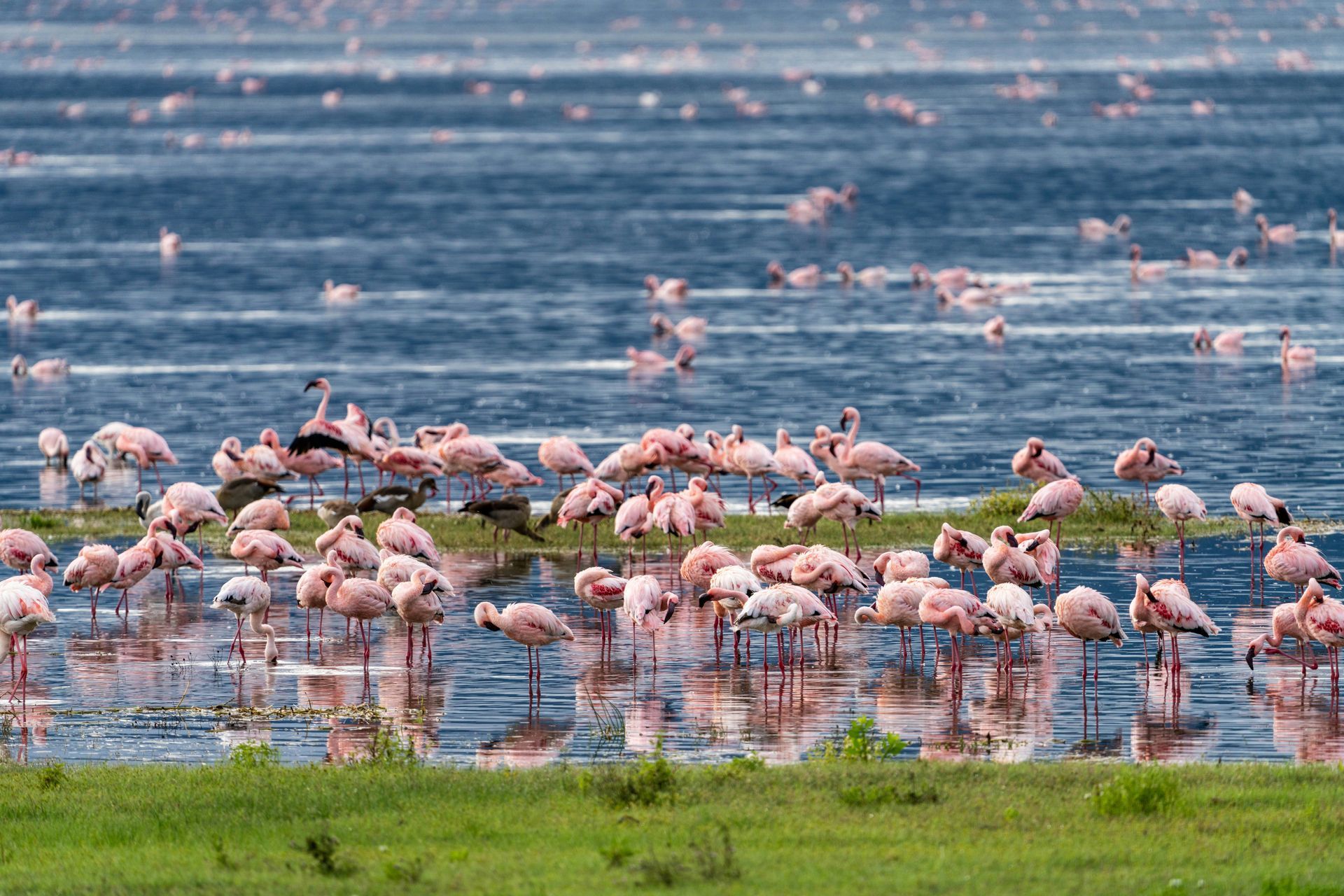
Slide title
Lake Manyara
Button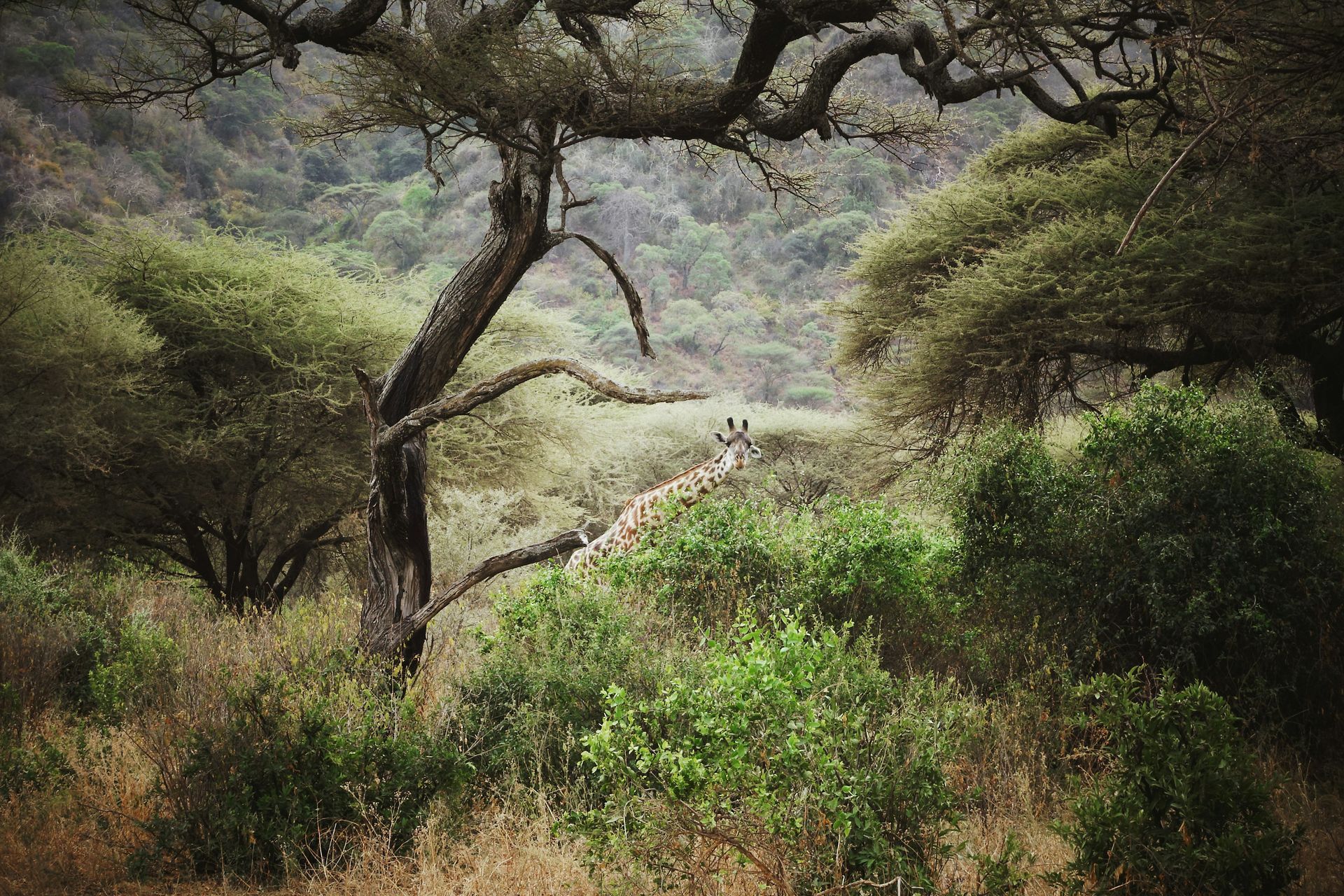
Slide title
Lake Manyara
Button
Slide title
Lake Manyara
Button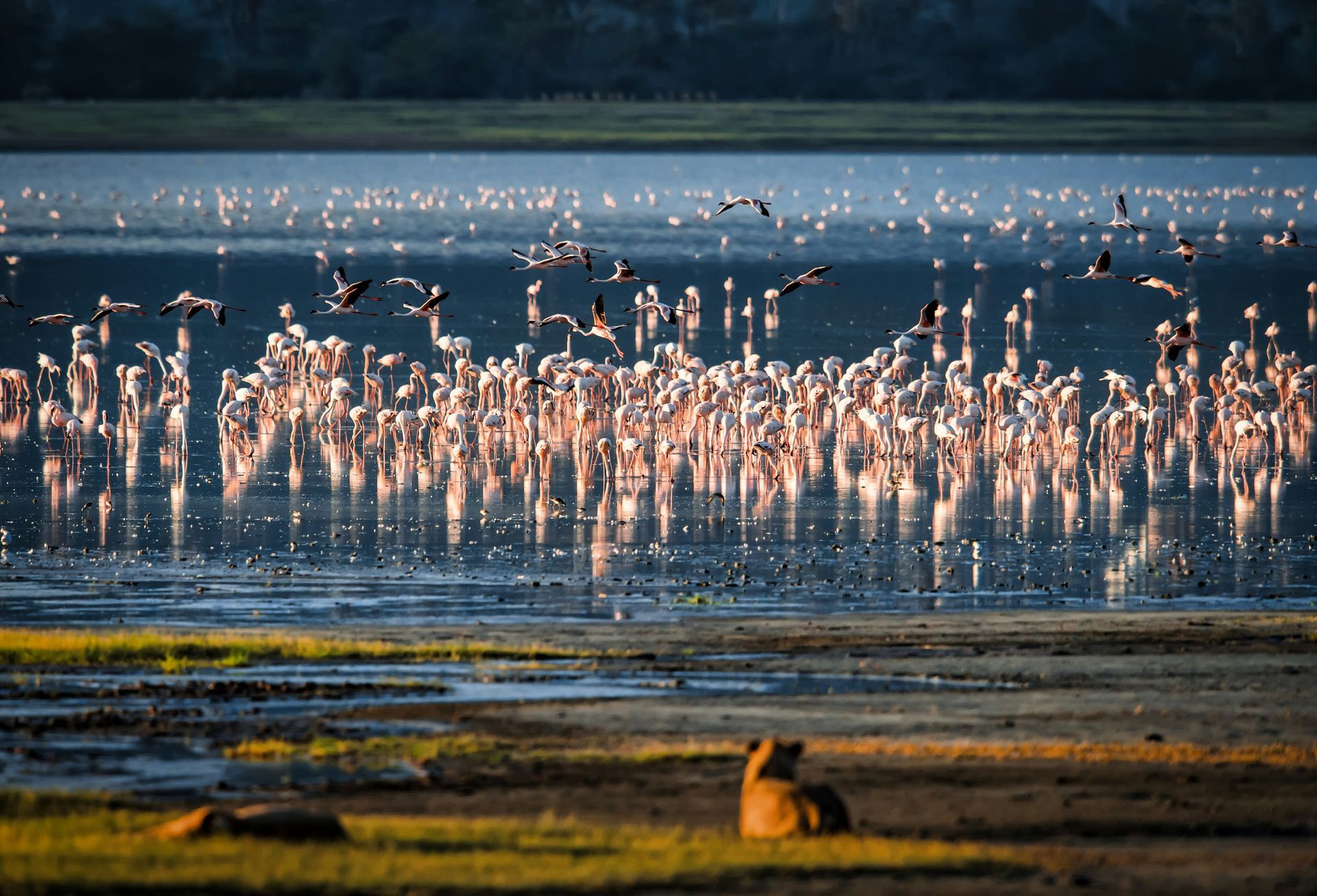
Slide title
Lake Manyara
Button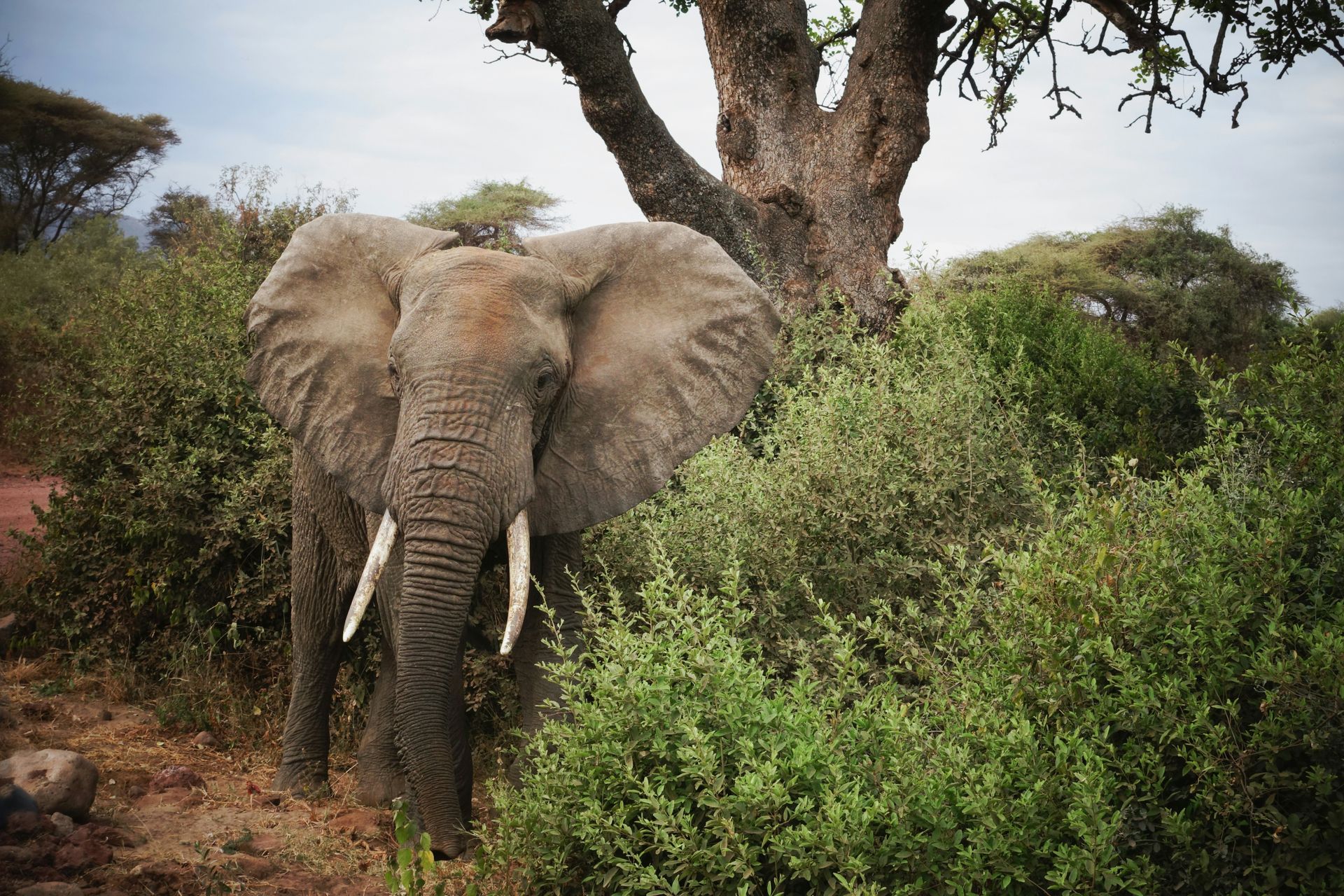
Slide title
Lake Manyara
Button
Featured Destinations

Slide title
Ngorongoro
Button
Slide title
Ngorongoro
Button
Slide title
Ngorongoro
Button
Slide title
Ngorongoro
Button
Slide title
Ngorongoro
Button
Slide title
Ngorongoro
Button
Slide title
Ngorongoro
Button
Slide title
Ngorongoro
Button
Slide title
Ngorongoro
Button
Slide title
Ngorongoro
Button

Slide title
Serengeti
Button
Slide title
Serengeti
Button
Slide title
Serengeti
Button
Slide title
Serengeti
Button
Slide title
Serengeti
Button
Slide title
Serengeti
Button
Slide title
Serengeti
Button
Slide title
Serengeti
Button
Slide title
Serengeti
Button
Slide title
Serengeti
Button
Slide title
Serengeti
Button
Slide title
Serengeti
Button

Slide title
Zanzibar
Button
Slide title
Zanzibar
Button
Slide title
Zanzibar
Button
Slide title
Zanzibar
Button
Slide title
Zanzibar
Button
Slide title
Zanzibar
Button
Slide title
Zanzibar
Button
Slide title
Zanzibar
Button
Slide title
Zanzibar
Button

Slide title
Lake Manyara
Button
Slide title
Lake Manyara
Button
Slide title
Lake Manyara
Button
Slide title
Lake Manyara
Button
Slide title
Lake Manyara
Button
Mount Kilimanjaro
Mount Kilimanjaro is the tallest mountain in Africa, rising to an impressive 19,341 feet (5,895 meters) above sea level. Located in northeastern Tanzania near the Kenyan border, this dormant volcano is known for its snow-capped peak and dramatic presence over the surrounding plains. Though it stands entirely within Tanzania, one of the best and most iconic views of Kilimanjaro is actually from Kenya’s Amboseli National Park, where the mountain forms a stunning backdrop to herds of elephants and other wildlife. Trekkers from around the world come to climb Kilimanjaro, passing through diverse landscapes ranging from rainforests to alpine deserts and glaciers. Its towering beauty and symbolic significance make it one of the most admired natural wonders in Africa.
Traditional Dishes
-
Ugali
Ugali is a staple food in Tanzania, made by cooking maize flour with water until it forms a thick, dough-like consistency. Mild in flavor but hearty and filling, it’s traditionally eaten with the hands and served alongside meat, vegetables, or savory sauces. Ugali is more than just a meal—it’s a central part of daily life and a symbol of comfort and community across the country.
-
Nyama Choma
Nyama Choma, which means “grilled meat” in Swahili, is one of Tanzania’s most beloved dishes. Typically made with beef, goat, or chicken, the meat is seasoned simply and slow-roasted over open flames, resulting in a smoky, tender, and flavorful meal. Often enjoyed with friends and family, Nyama Choma is commonly served with sides like ugali, kachumbari (a fresh tomato and onion salad), or spicy sauces.
-
Pilau
Pilau is a fragrant and flavorful rice dish popular throughout Tanzania, especially during holidays and celebrations. Cooked with a blend of warm spices like cinnamon, cardamom, cloves, and cumin, it’s often prepared with beef, goat, or chicken, along with onions and garlic. The result is a rich, aromatic dish that reflects the cultural influences of Indian and Arab traders along the Swahili coast. Pilau is a cherished part of Tanzanian cuisine, bringing people together around a table to share in its comforting, spiced goodness.
-
Mandazi
Mandazi is a popular East African snack resembling a light, fluffy doughnut. Made from a simple dough of flour, sugar, coconut milk, and spices like cardamom, it’s deep-fried until golden and slightly crispy on the outside while soft inside. Often enjoyed with tea or coffee, Mandazi is a beloved treat across Tanzania and neighboring countries, perfect for breakfast or as a sweet snack any time of day.
-
Chipsi Mayai
Chipsi Mayai is a popular Tanzanian street food that combines crispy fried potatoes (chips) with beaten eggs to create a flavorful omelette. Often cooked with onions, tomatoes, and spices, it’s a hearty and satisfying meal enjoyed at any time of day. Served hot and sometimes accompanied by ketchup or chili sauce, Chipsi Mayai is a beloved comfort food that reflects Tanzania’s vibrant and creative culinary scene.
-
Mchuzi Wa Samaki
Mchuzi wa Samaki is a traditional Tanzanian fish stew that’s rich in flavor and spices. Made with fresh fish simmered in a fragrant sauce of tomatoes, onions, garlic, and a blend of local spices, it offers a delicious balance of savory and tangy tastes. Often enjoyed with rice or ugali, this dish highlights the coastal influences in Tanzanian cuisine and is a favorite among seafood lovers.
Traditional Dishes
-
Ugali
Ugali is a staple food in Tanzania, made by cooking maize flour with water until it forms a thick, dough-like consistency. Mild in flavor but hearty and filling, it’s traditionally eaten with the hands and served alongside meat, vegetables, or savory sauces. Ugali is more than just a meal—it’s a central part of daily life and a symbol of comfort and community across the country.
-
Nyama Choma
Nyama Choma, which means “grilled meat” in Swahili, is one of Tanzania’s most beloved dishes. Typically made with beef, goat, or chicken, the meat is seasoned simply and slow-roasted over open flames, resulting in a smoky, tender, and flavorful meal. Often enjoyed with friends and family, Nyama Choma is commonly served with sides like ugali, kachumbari (a fresh tomato and onion salad), or spicy sauces.
-
Pilau
Pilau is a fragrant and flavorful rice dish popular throughout Tanzania, especially during holidays and celebrations. Cooked with a blend of warm spices like cinnamon, cardamom, cloves, and cumin, it’s often prepared with beef, goat, or chicken, along with onions and garlic. The result is a rich, aromatic dish that reflects the cultural influences of Indian and Arab traders along the Swahili coast. Pilau is a cherished part of Tanzanian cuisine, bringing people together around a table to share in its comforting, spiced goodness.
-
Mandazi
Mandazi is a popular East African snack resembling a light, fluffy doughnut. Made from a simple dough of flour, sugar, coconut milk, and spices like cardamom, it’s deep-fried until golden and slightly crispy on the outside while soft inside. Often enjoyed with tea or coffee, Mandazi is a beloved treat across Tanzania and neighboring countries, perfect for breakfast or as a sweet snack any time of day.
-
Chipsi Mayai
Chipsi Mayai is a popular Tanzanian street food that combines crispy fried potatoes (chips) with beaten eggs to create a flavorful omelette. Often cooked with onions, tomatoes, and spices, it’s a hearty and satisfying meal enjoyed at any time of day. Served hot and sometimes accompanied by ketchup or chili sauce, Chipsi Mayai is a beloved comfort food that reflects Tanzania’s vibrant and creative culinary scene.
-
Mchuzi Wa Samaki
Mchuzi wa Samaki is a traditional Tanzanian fish stew that’s rich in flavor and spices. Made with fresh fish simmered in a fragrant sauce of tomatoes, onions, garlic, and a blend of local spices, it offers a delicious balance of savory and tangy tastes. Often enjoyed with rice or ugali, this dish highlights the coastal influences in Tanzanian cuisine and is a favorite among seafood lovers.
Love this destination?
Have Viking Travel book your next getaway!


